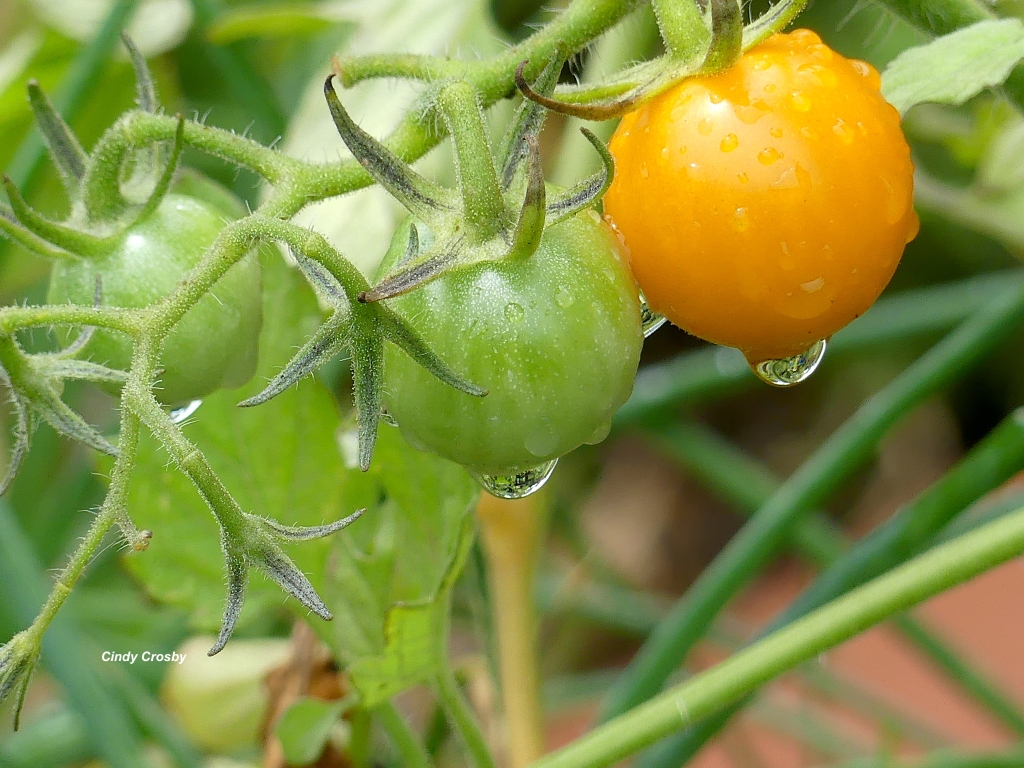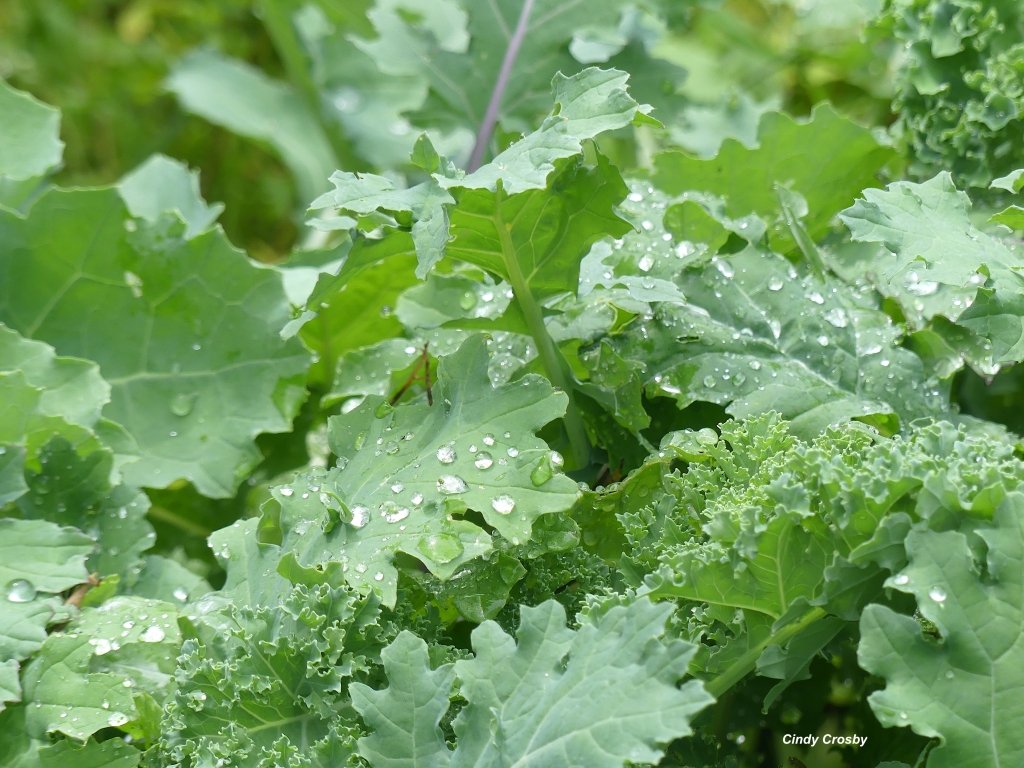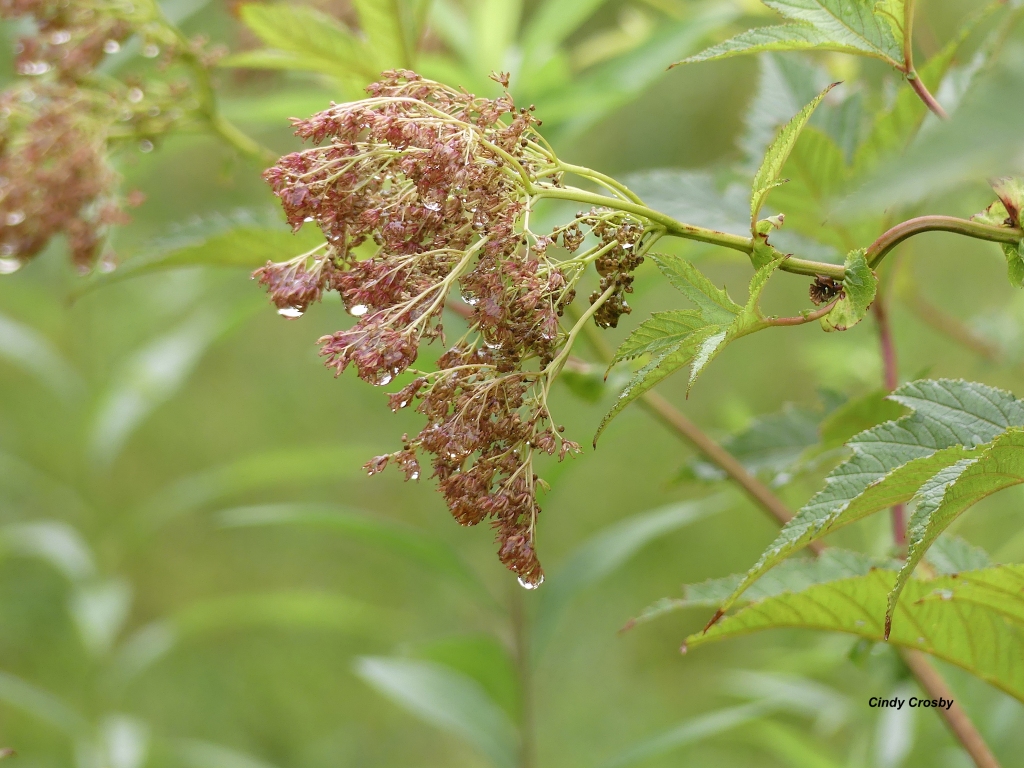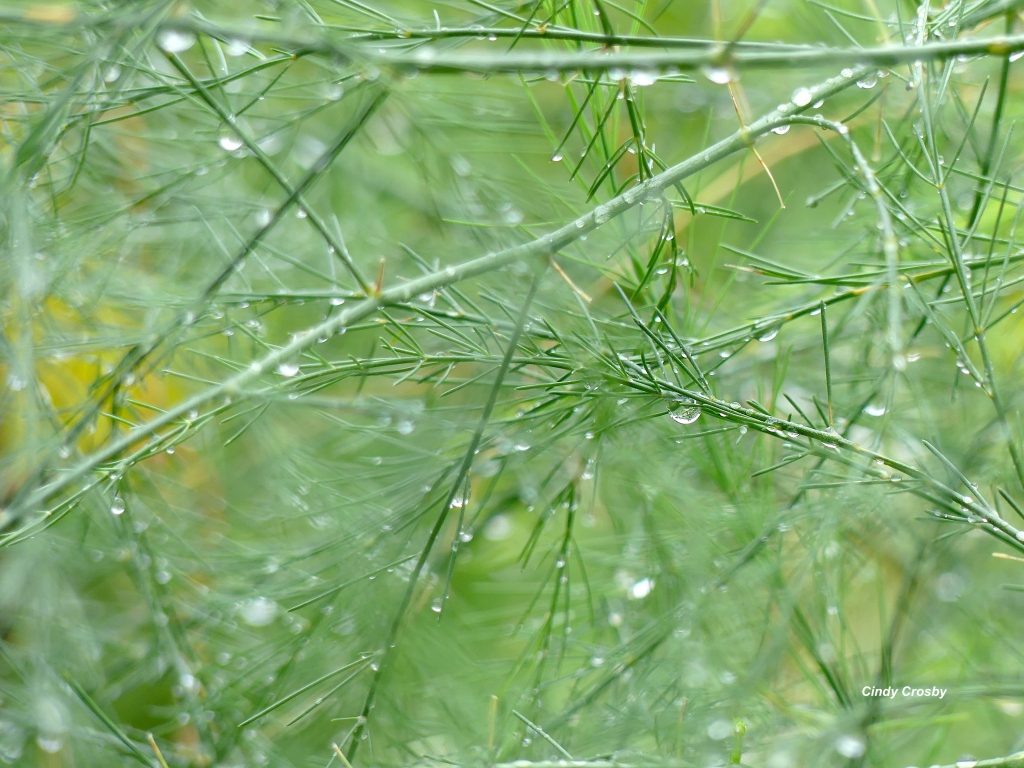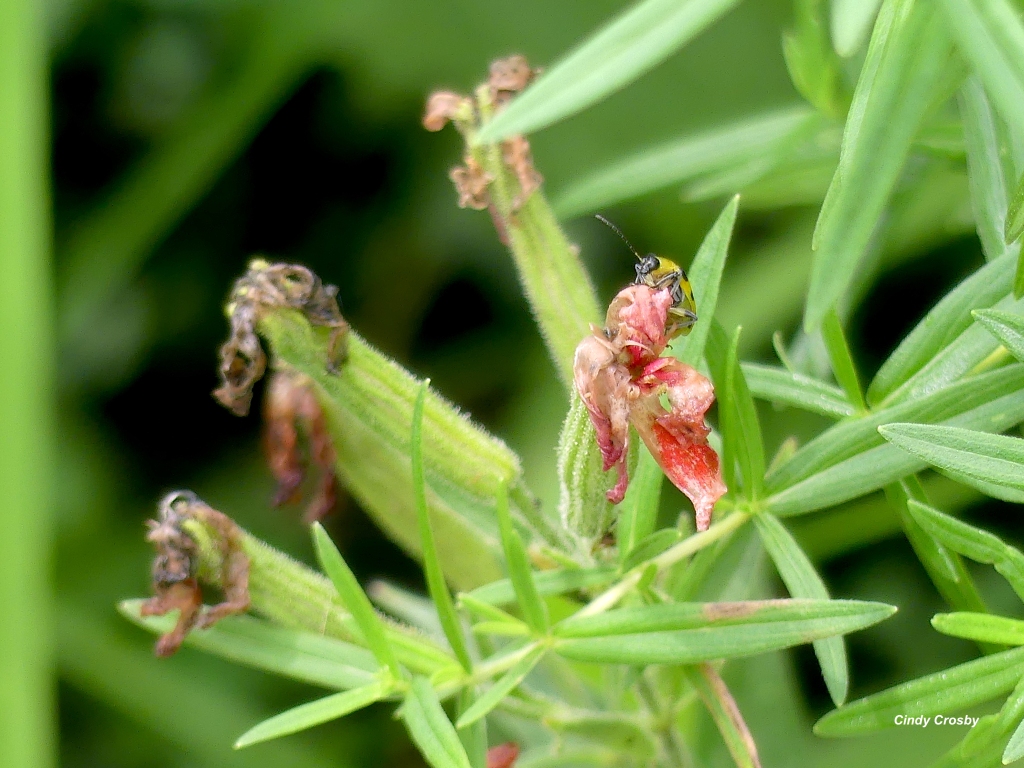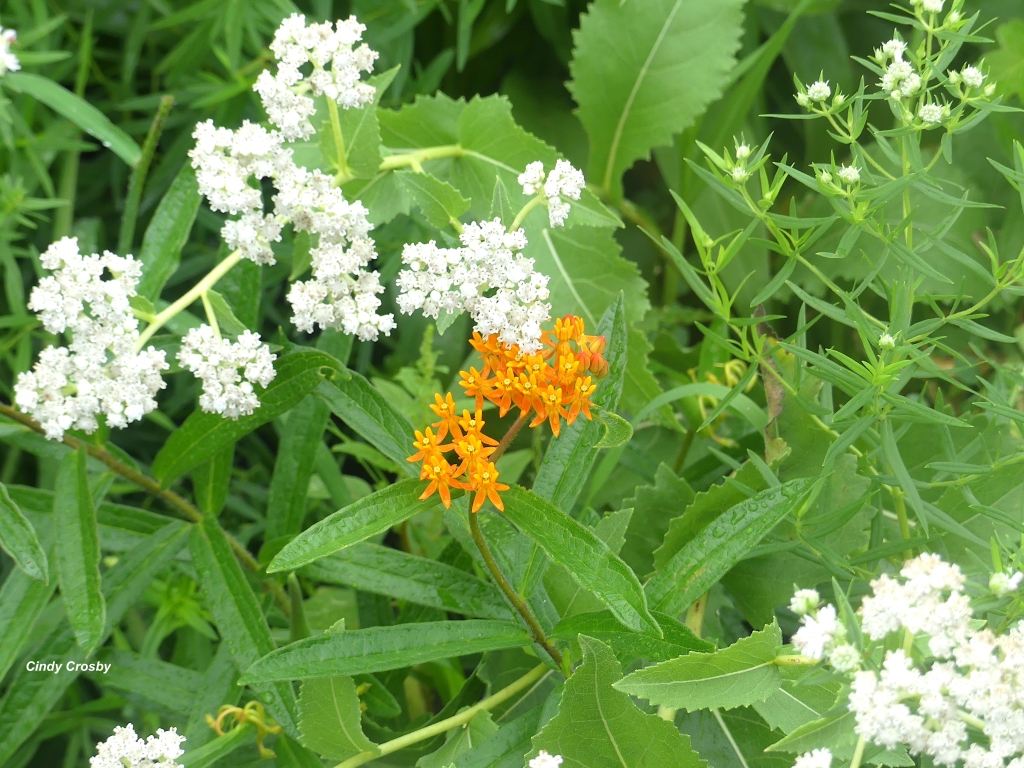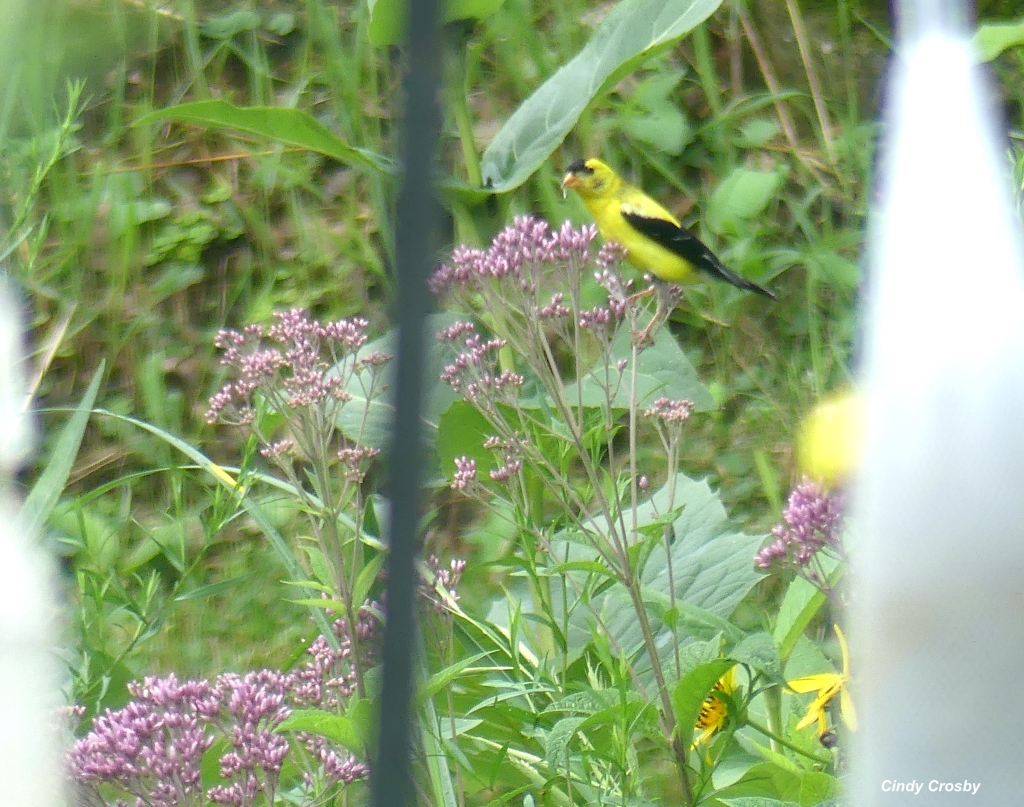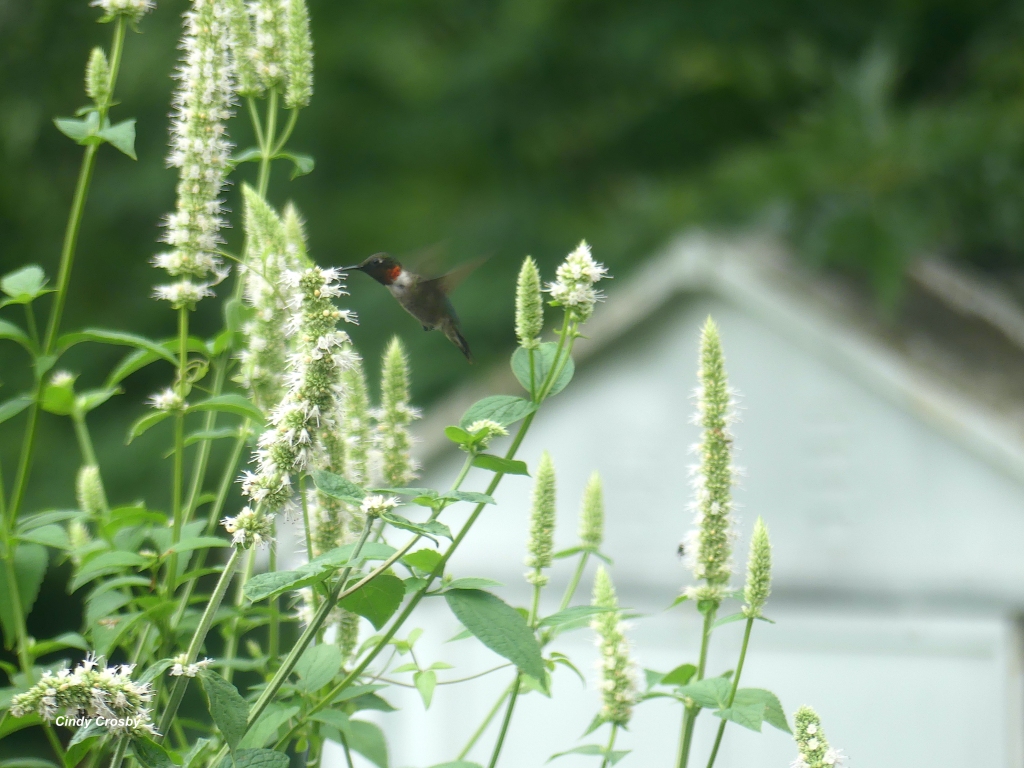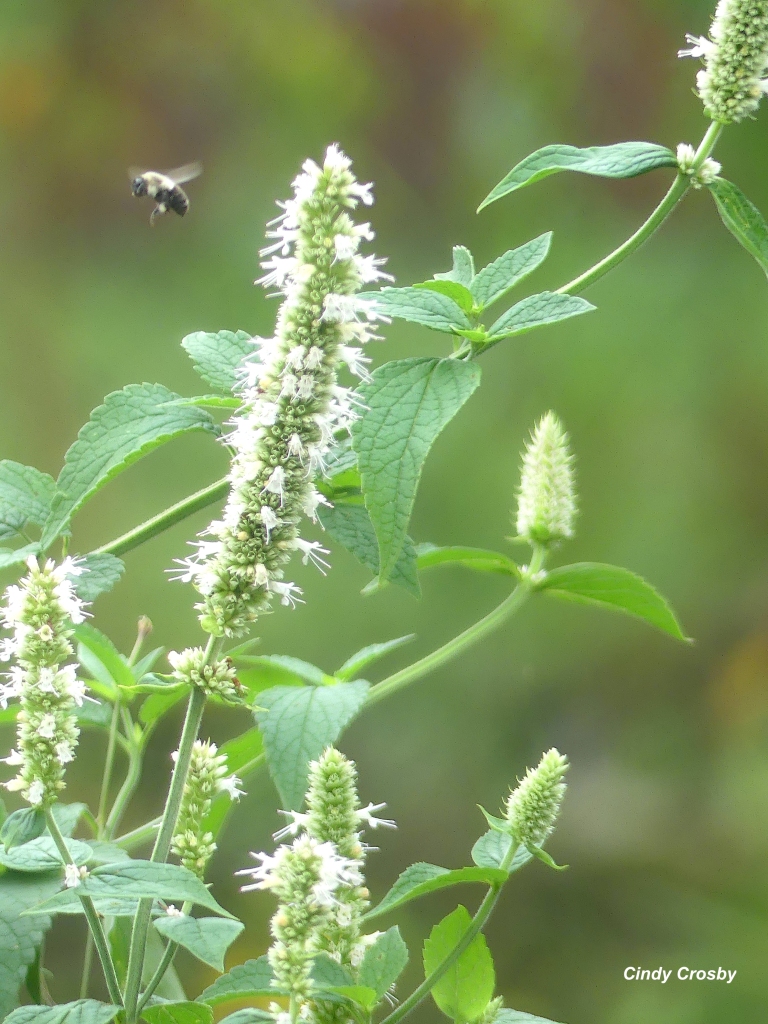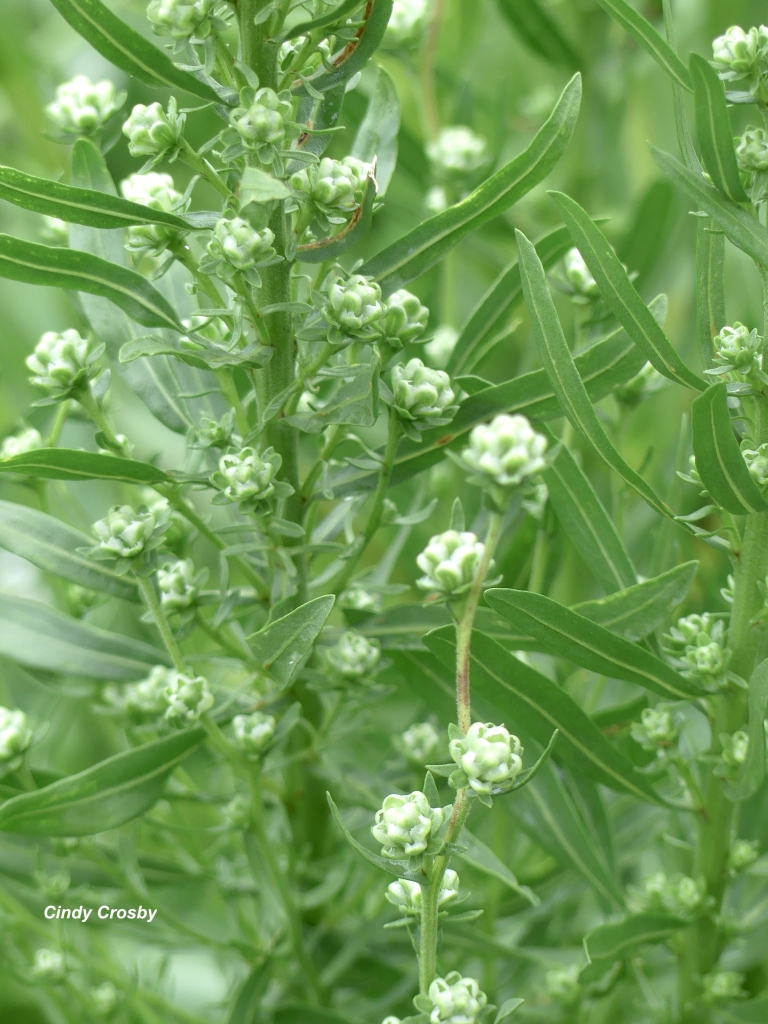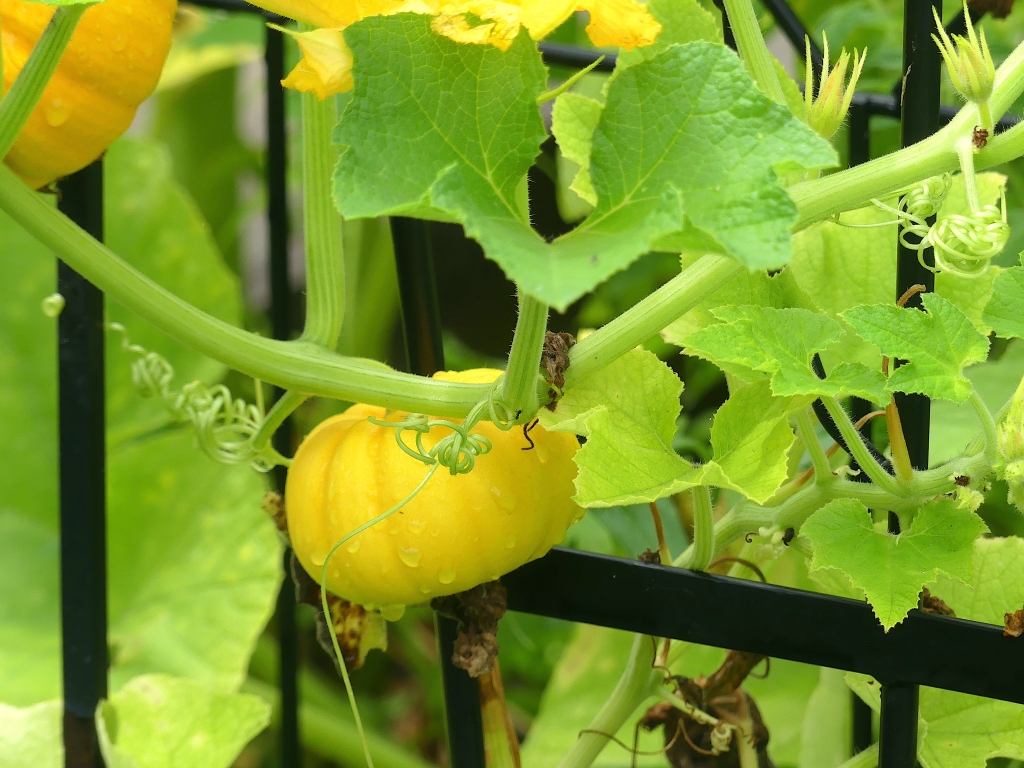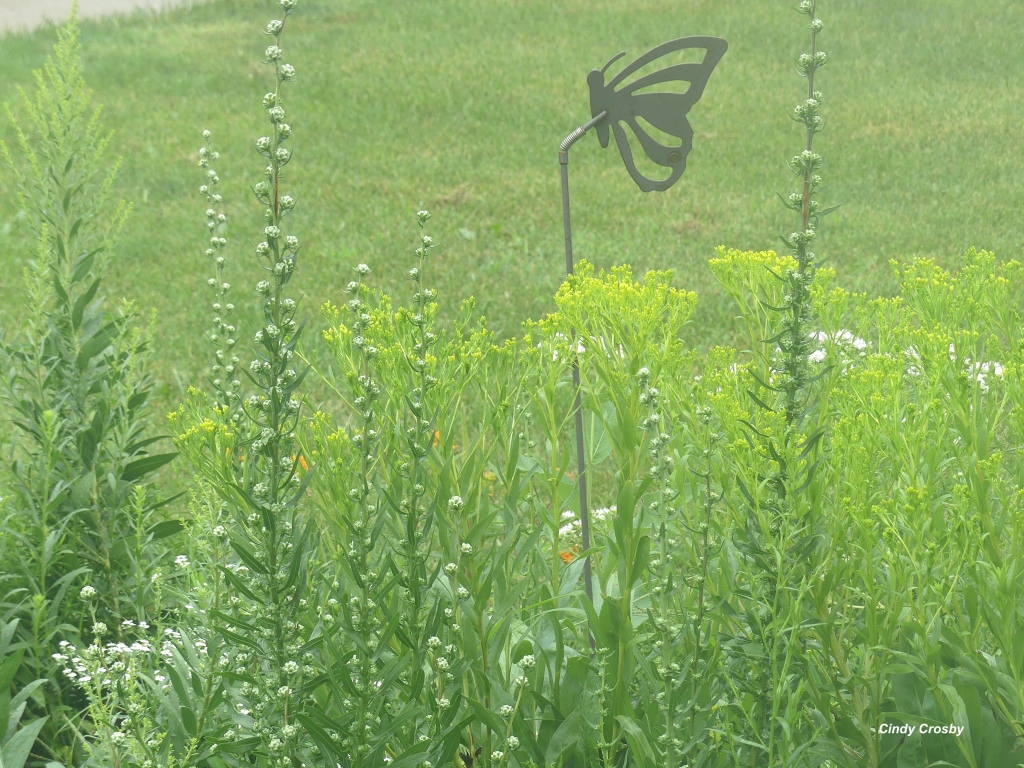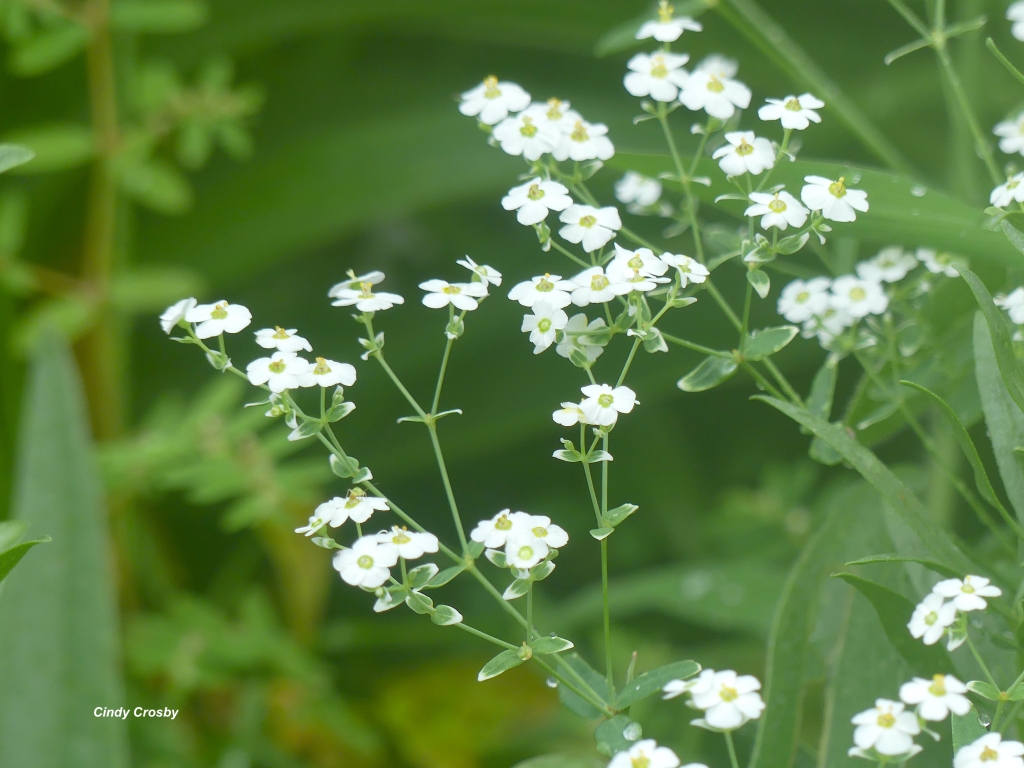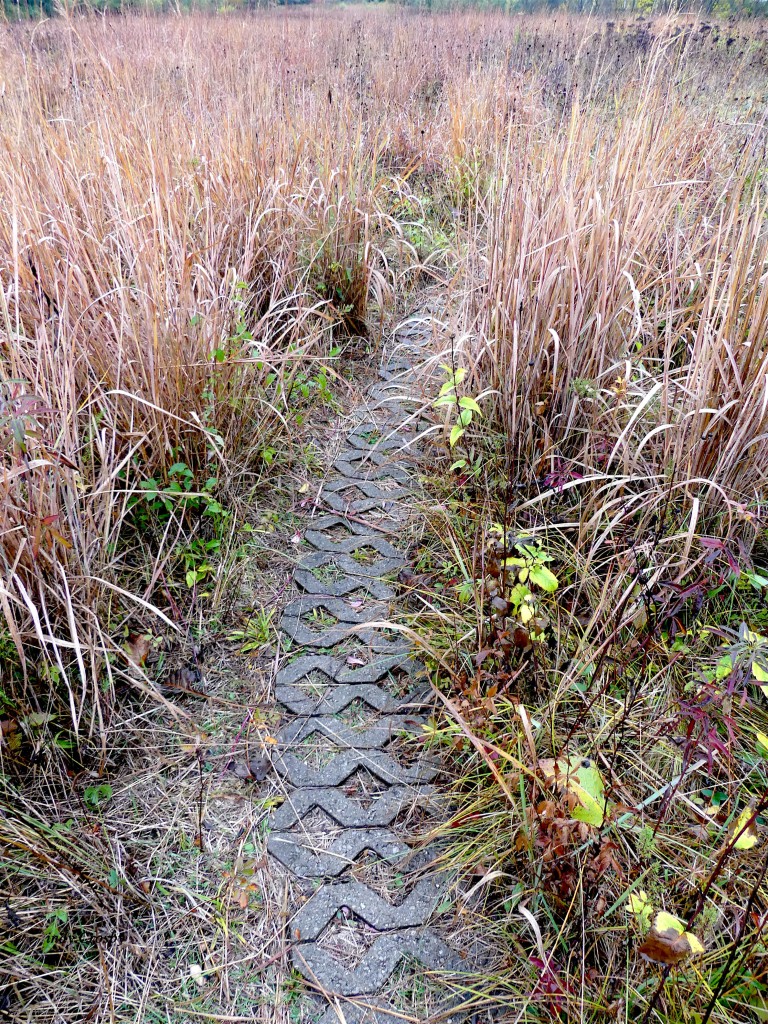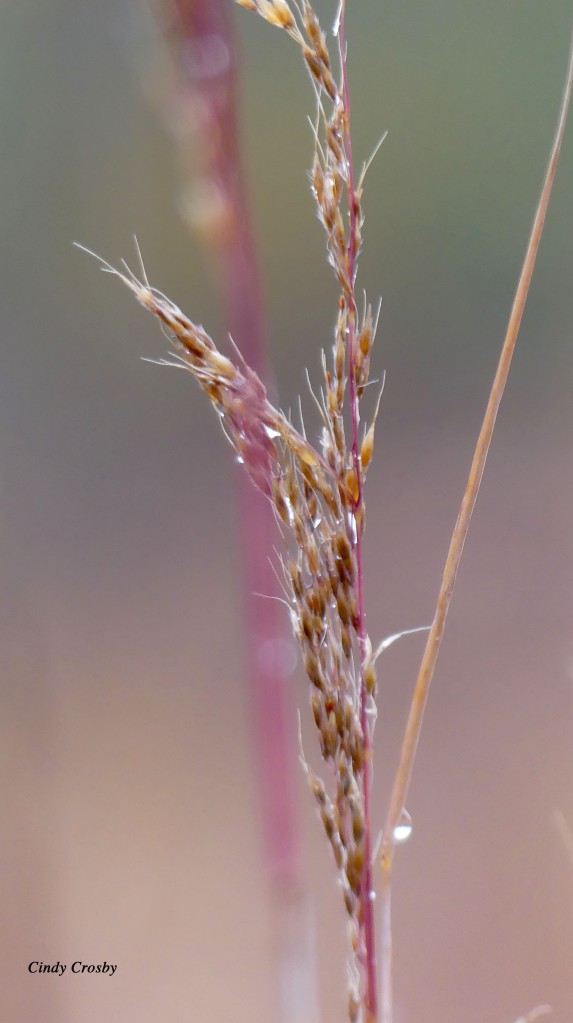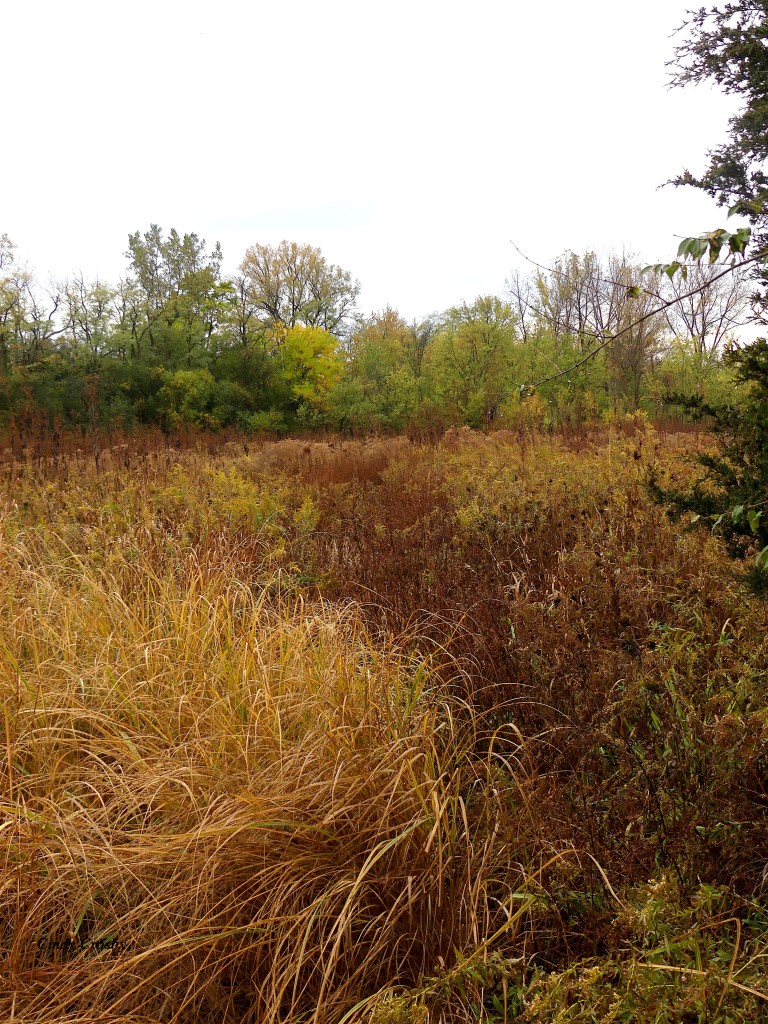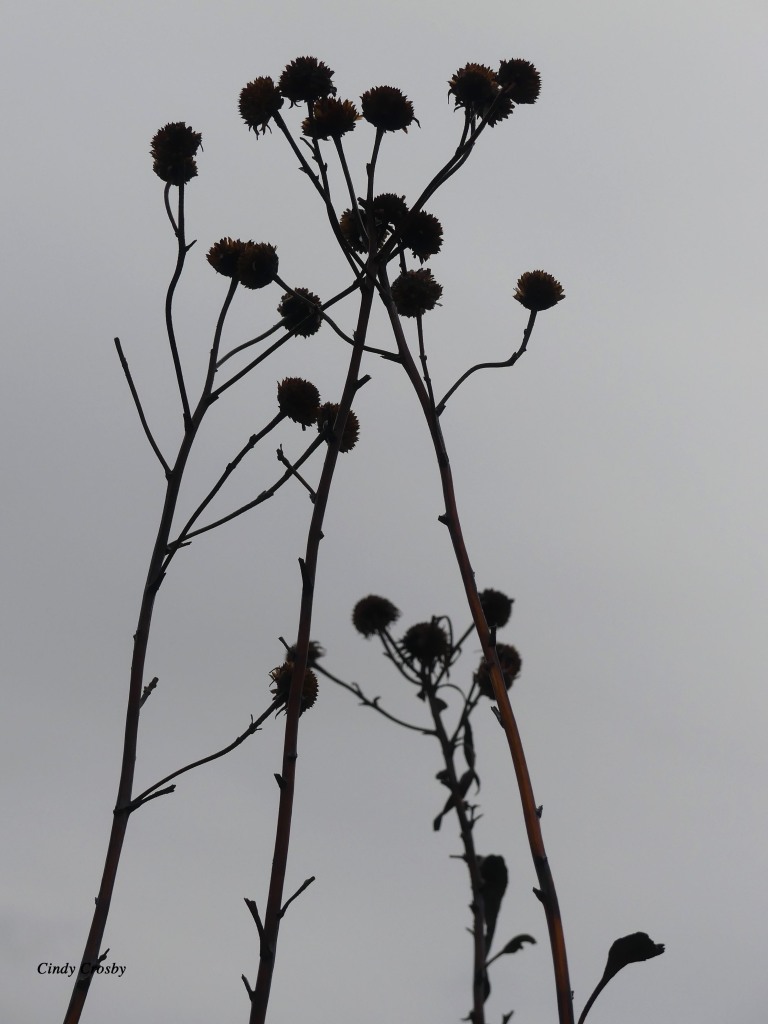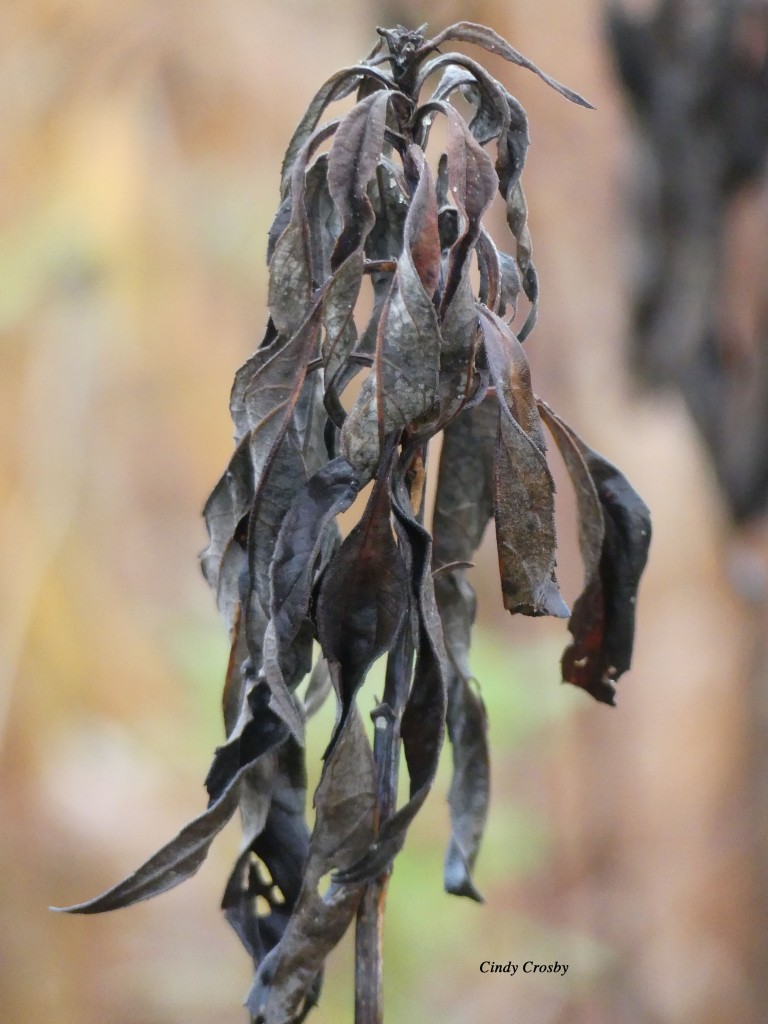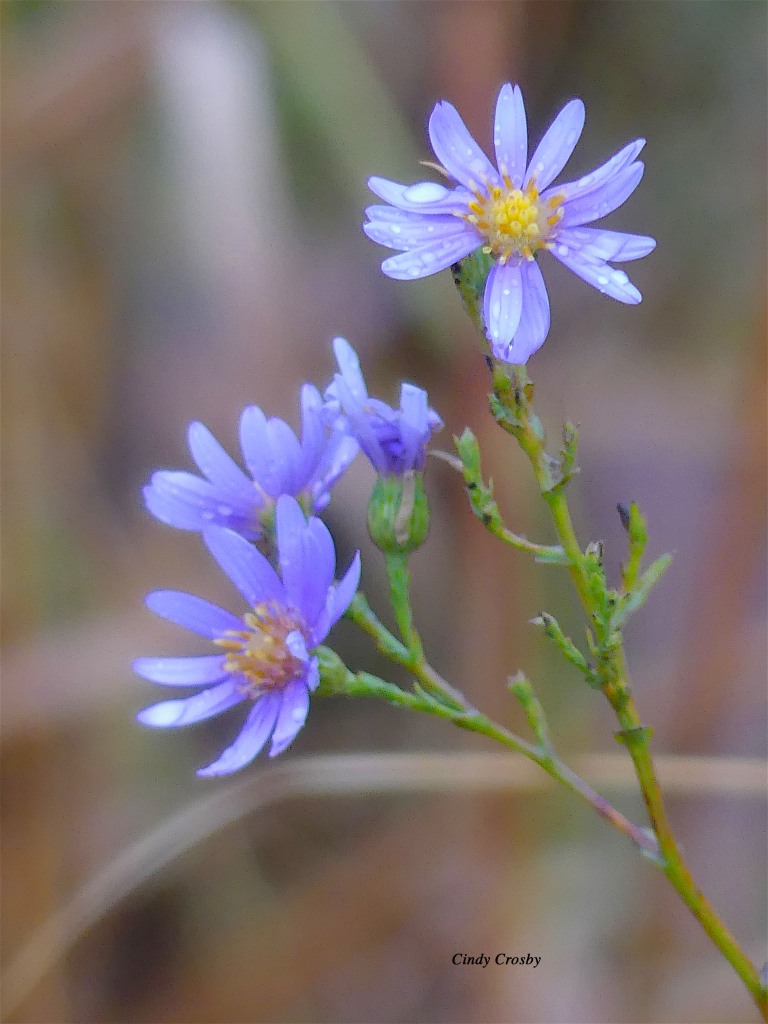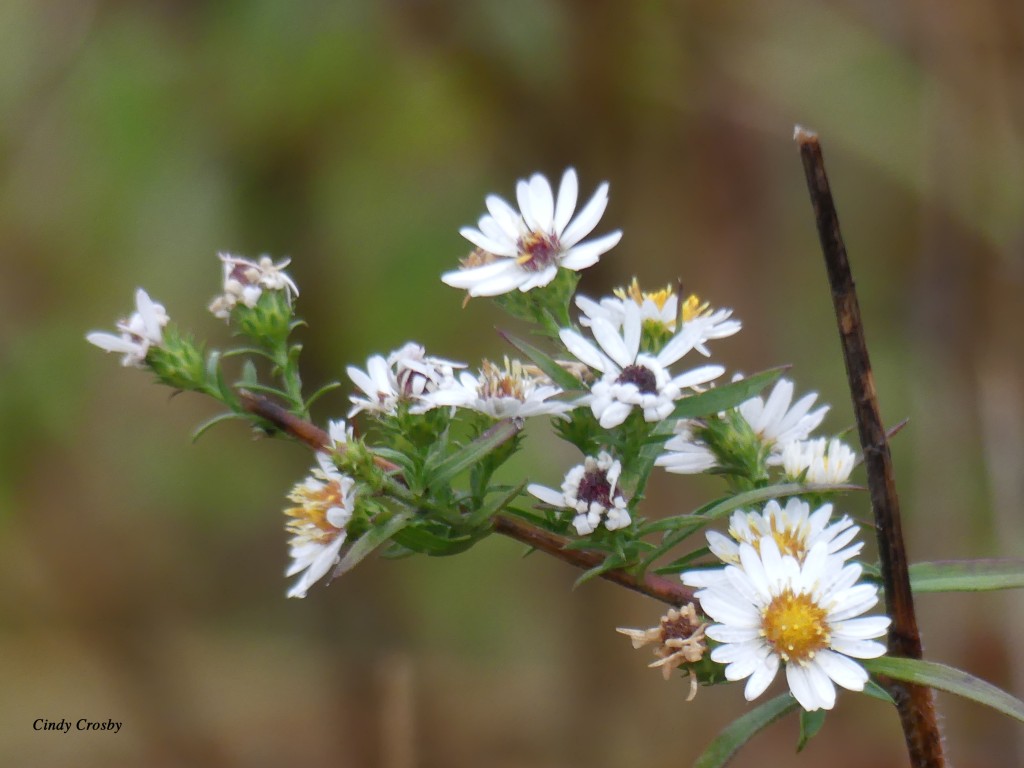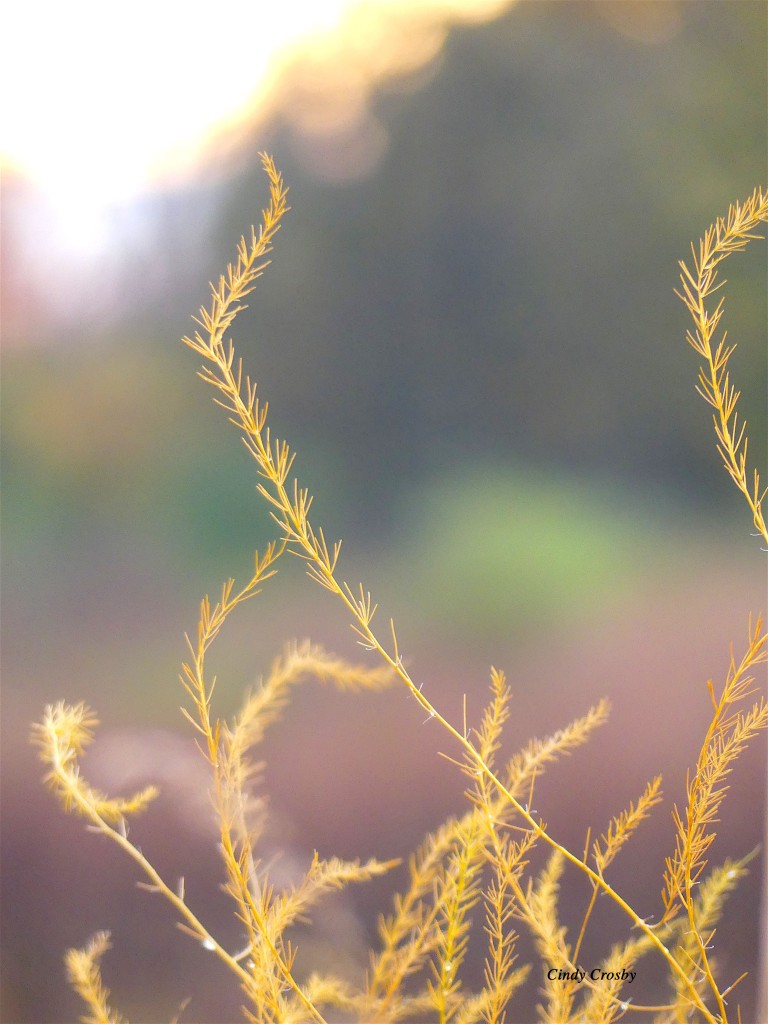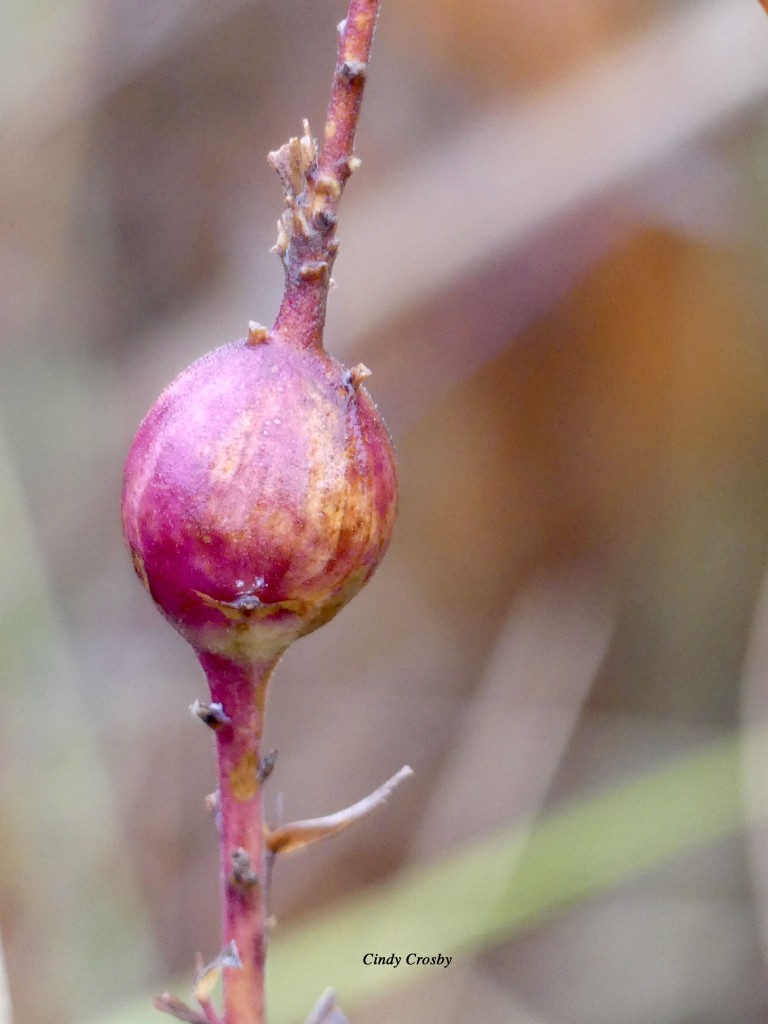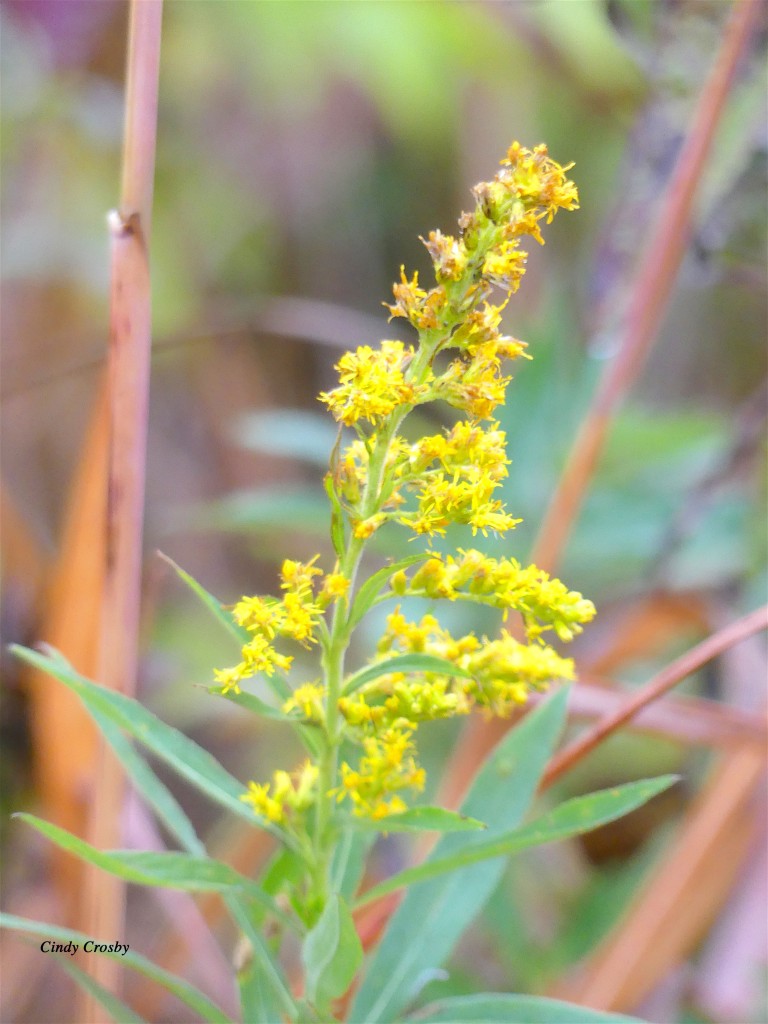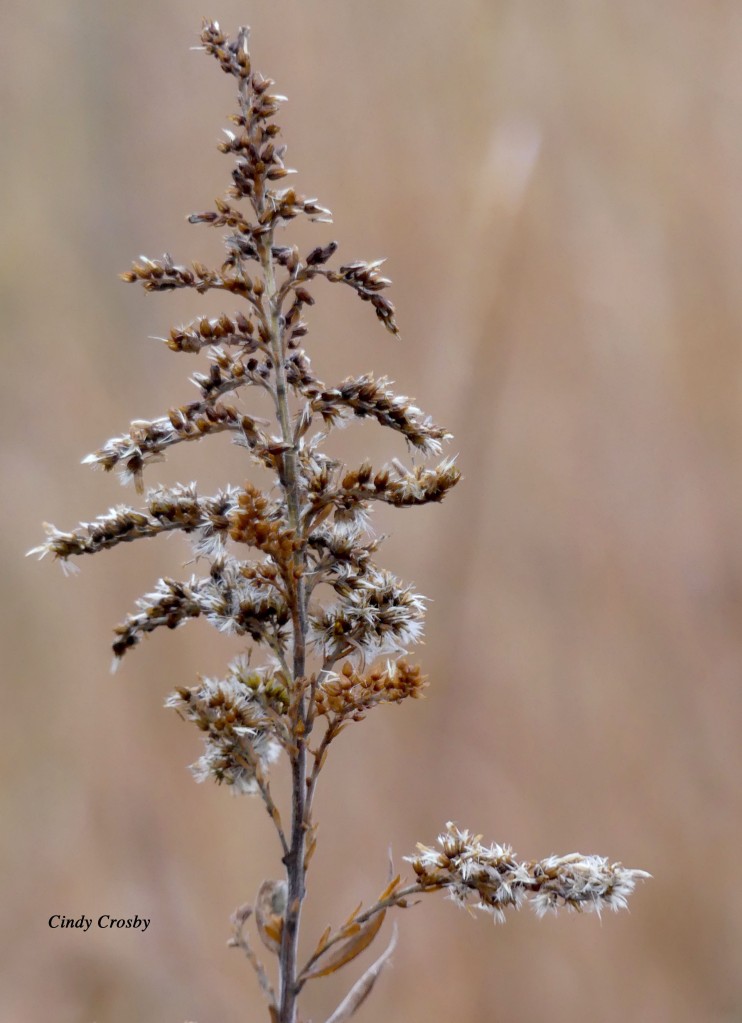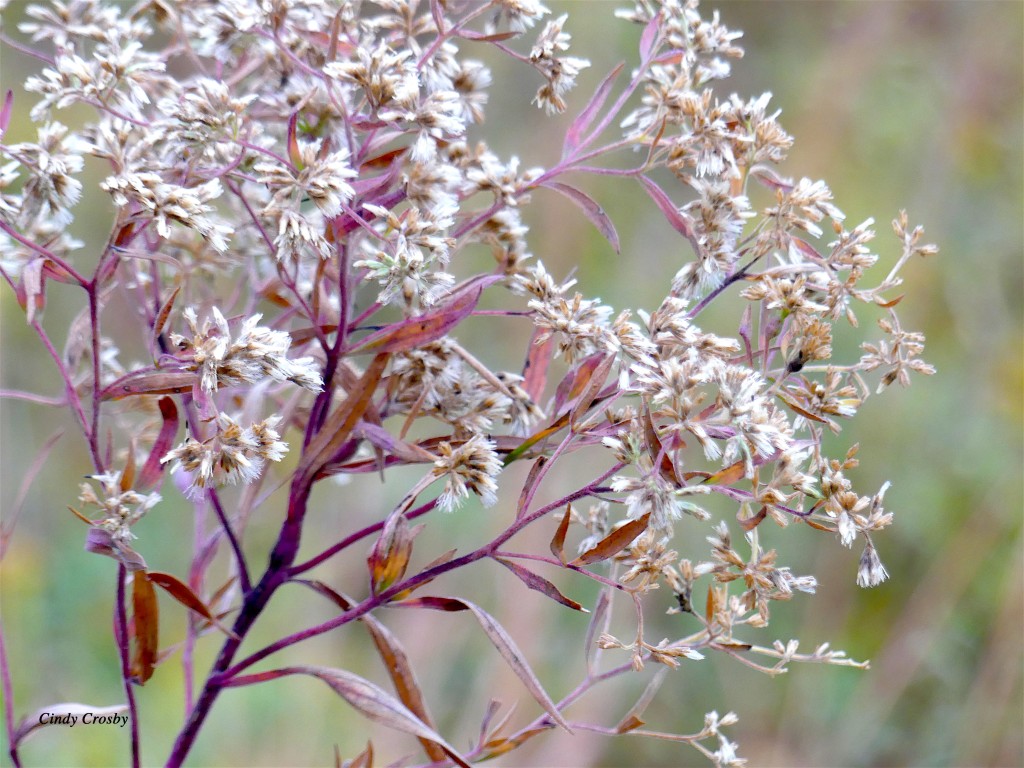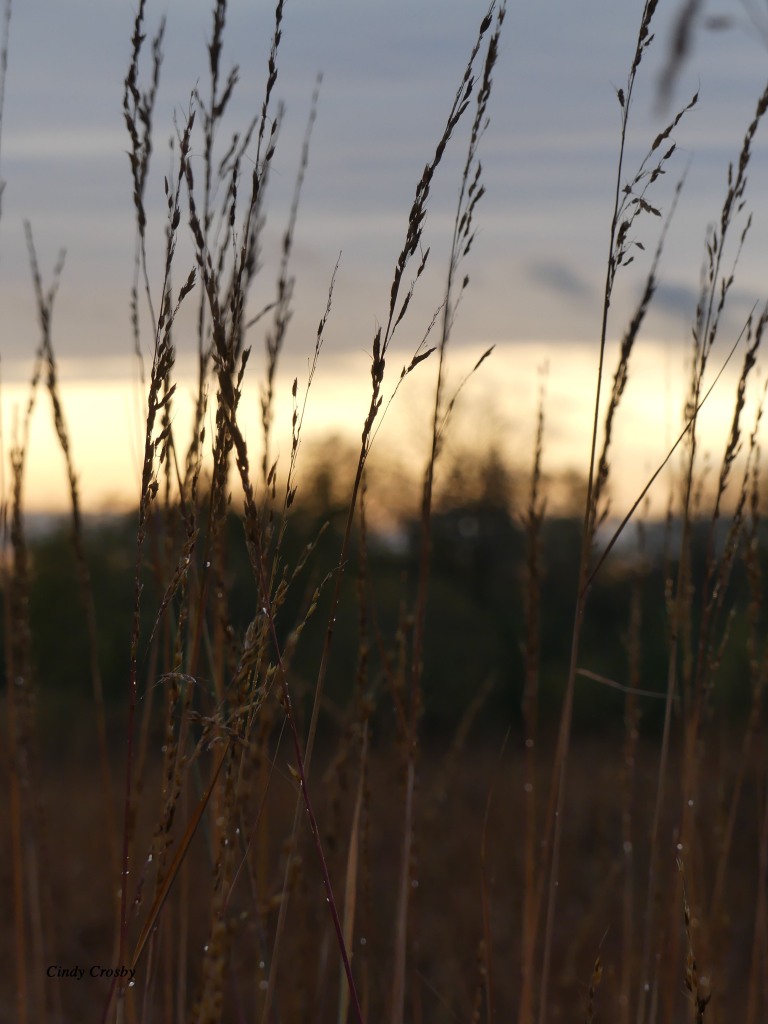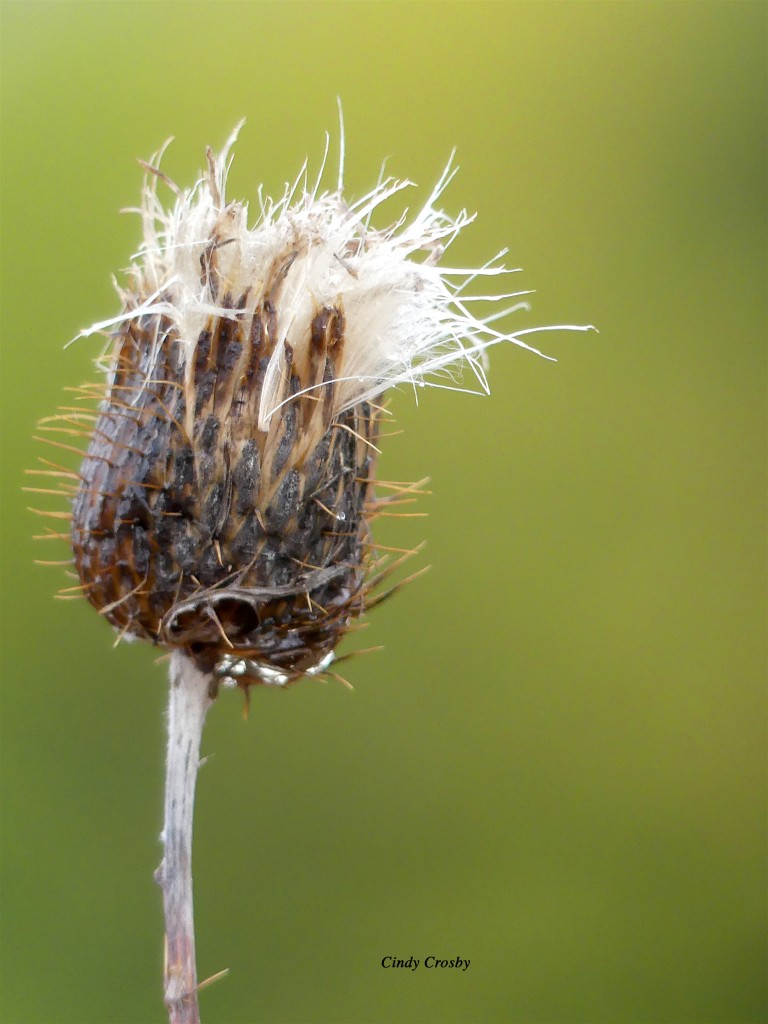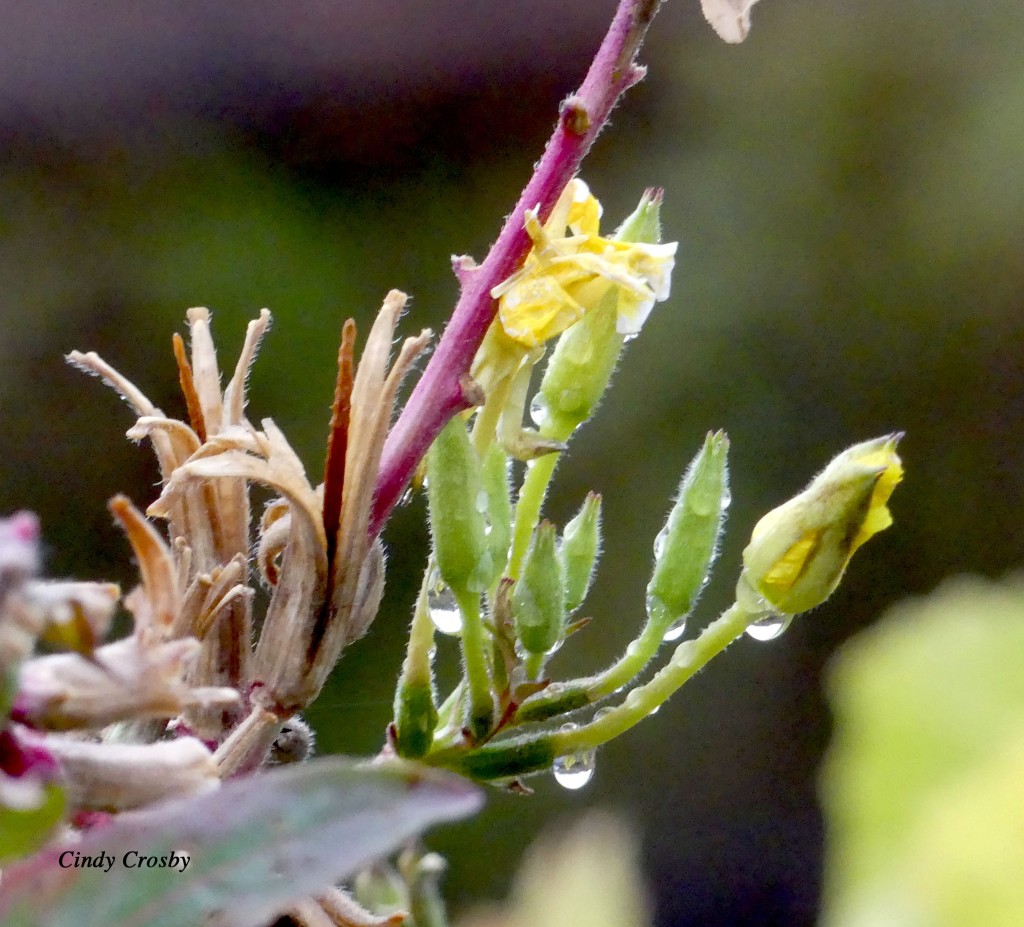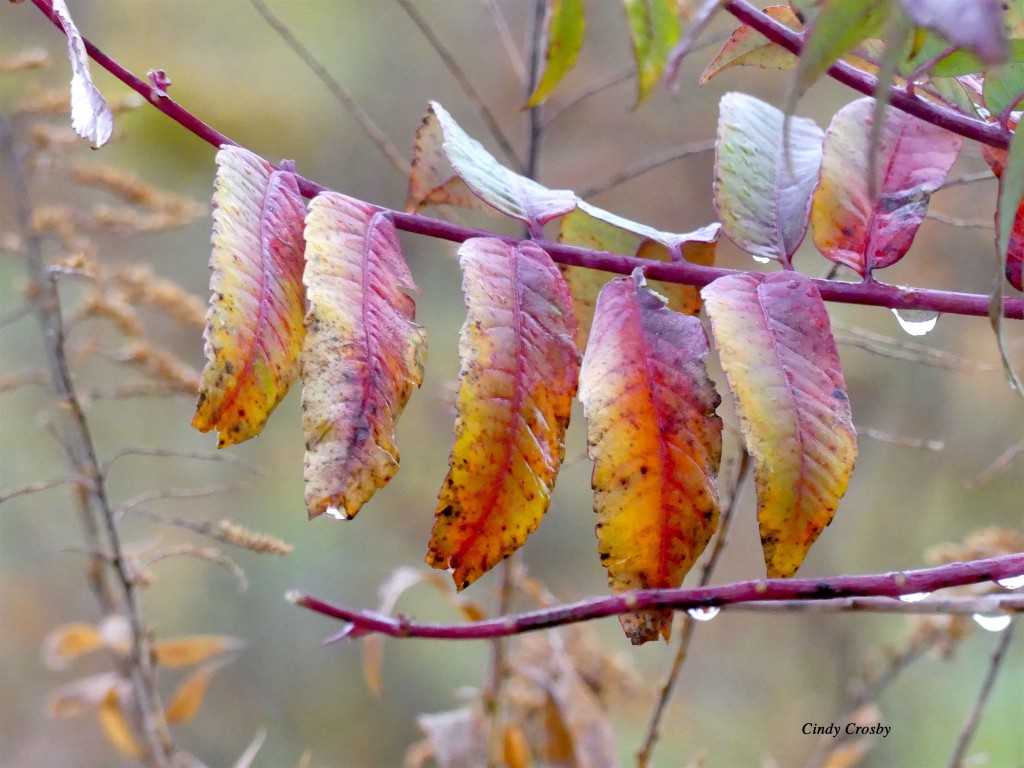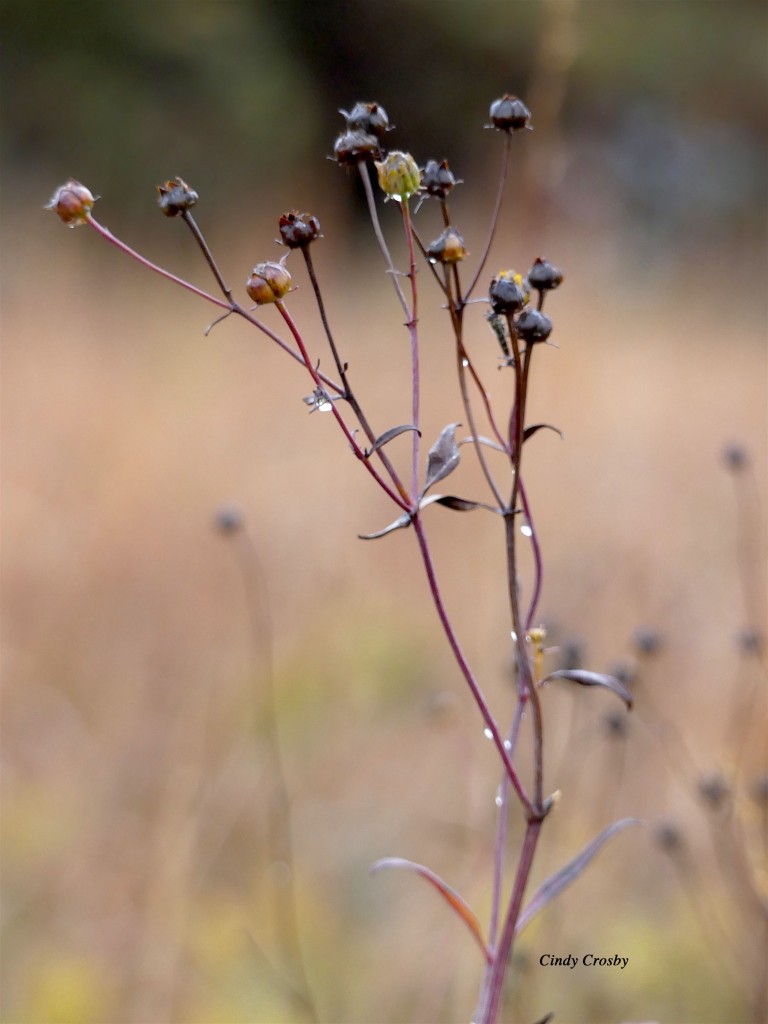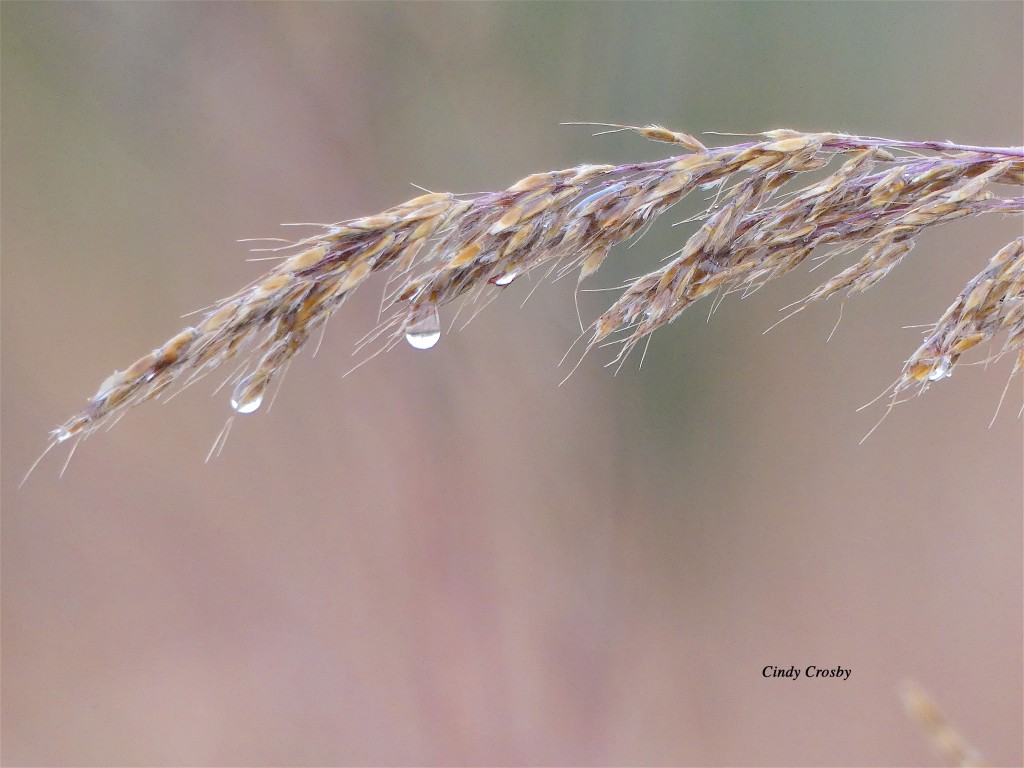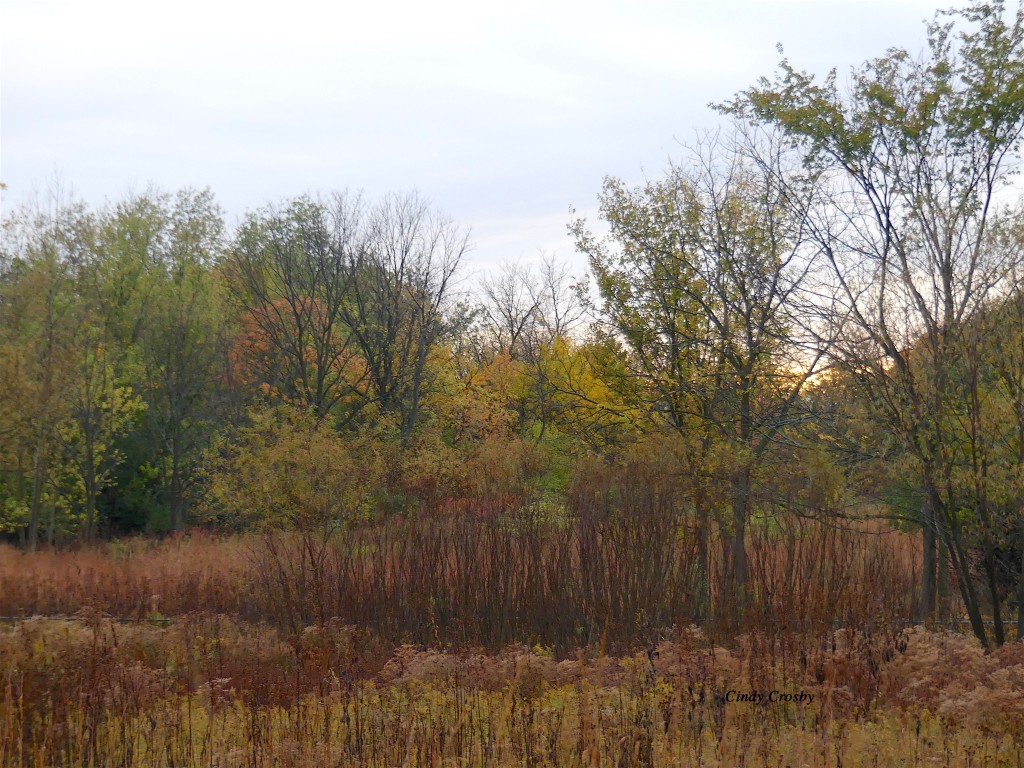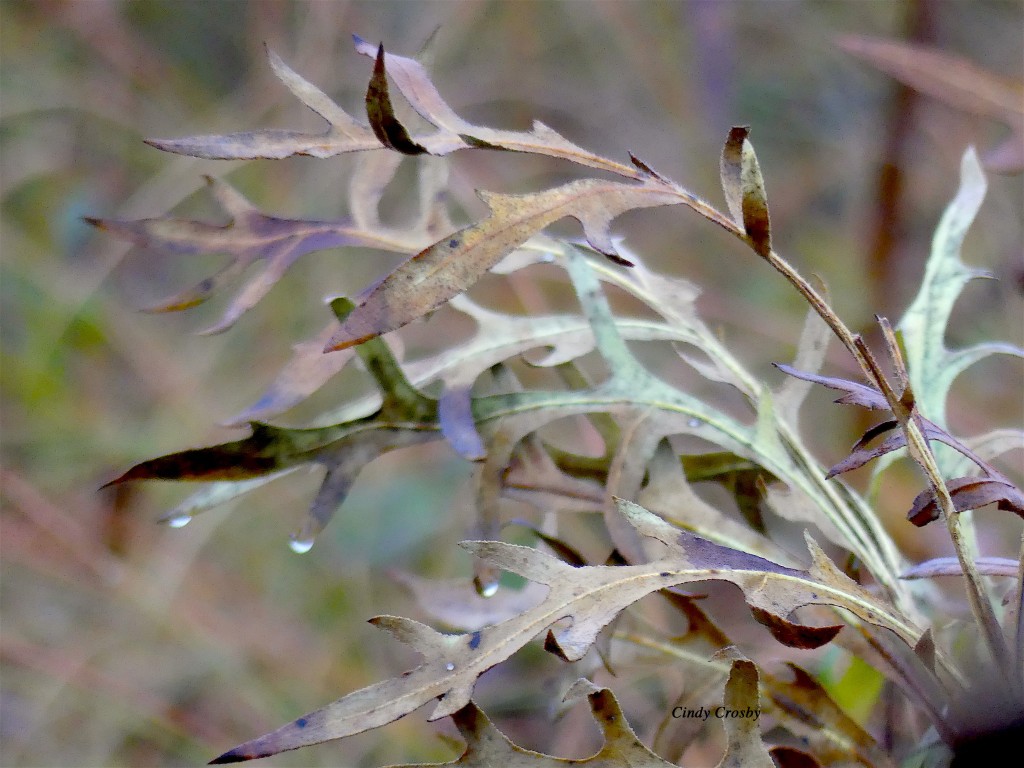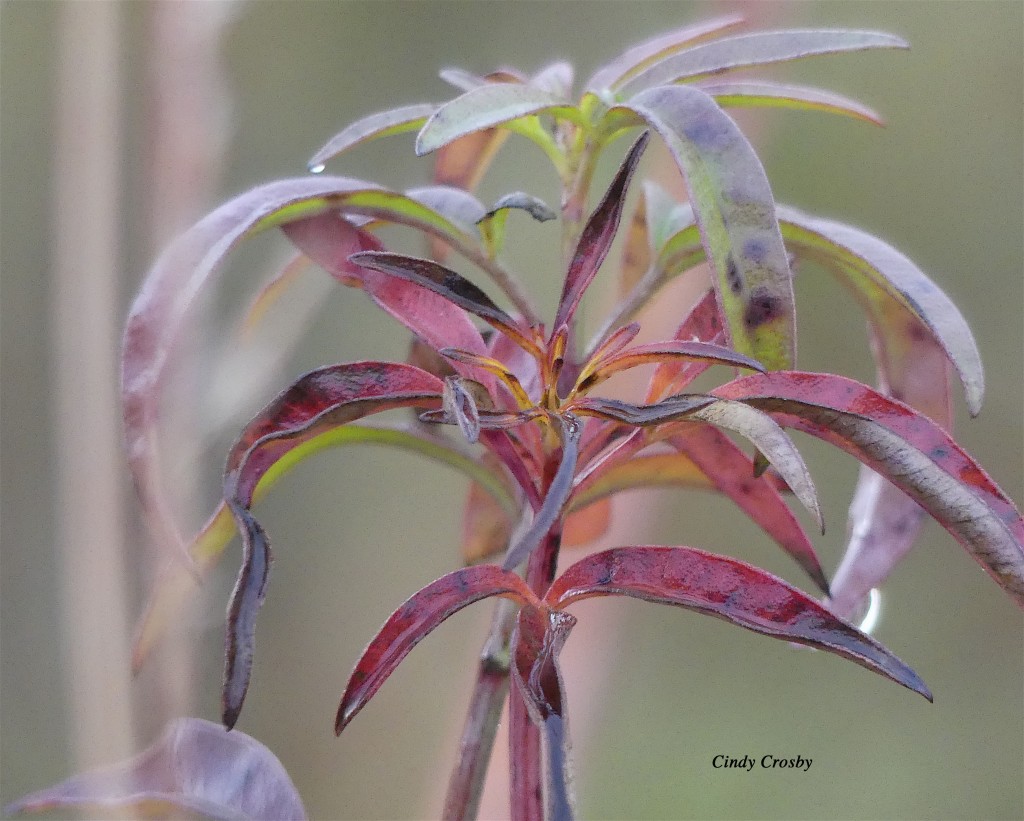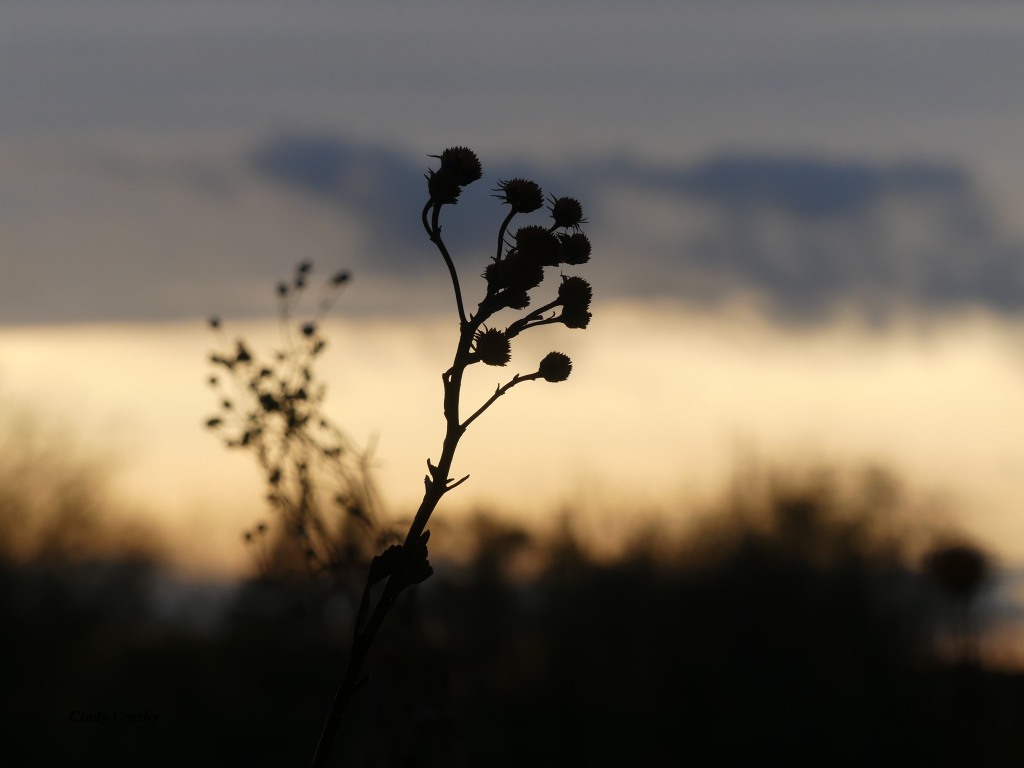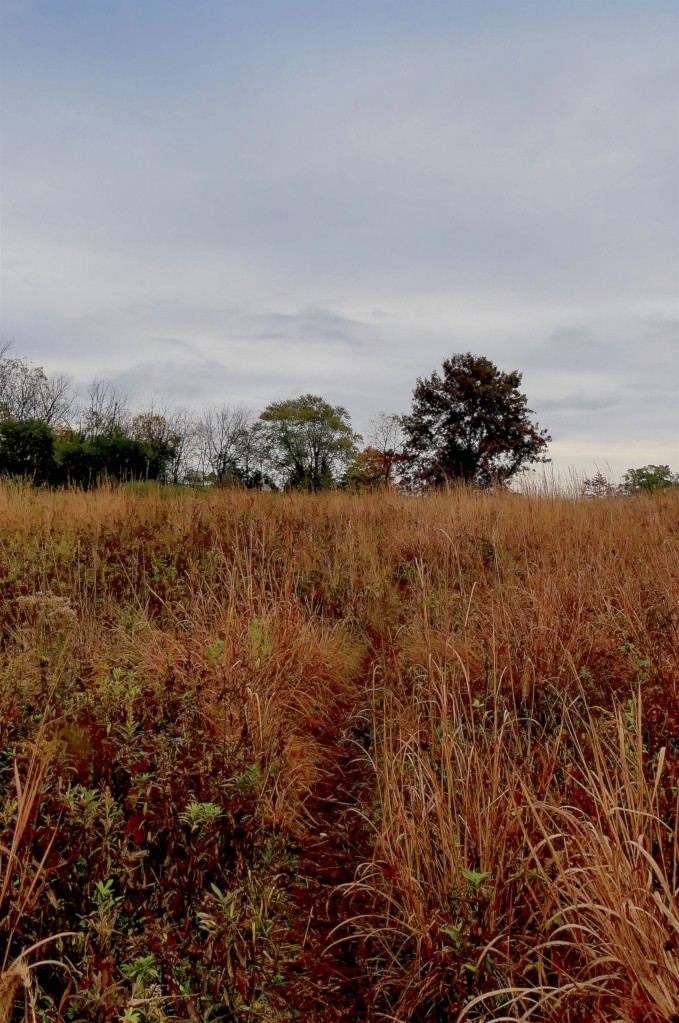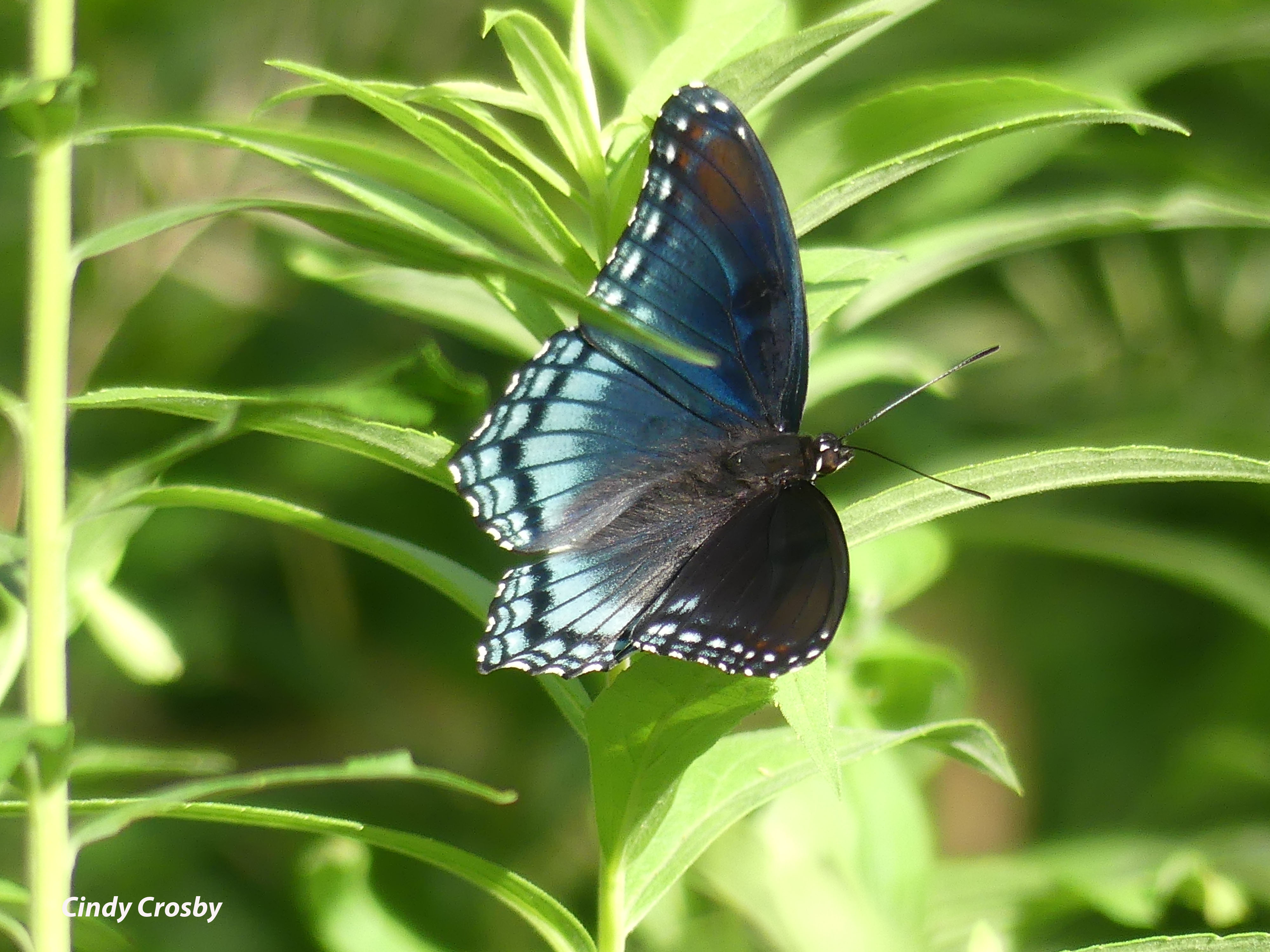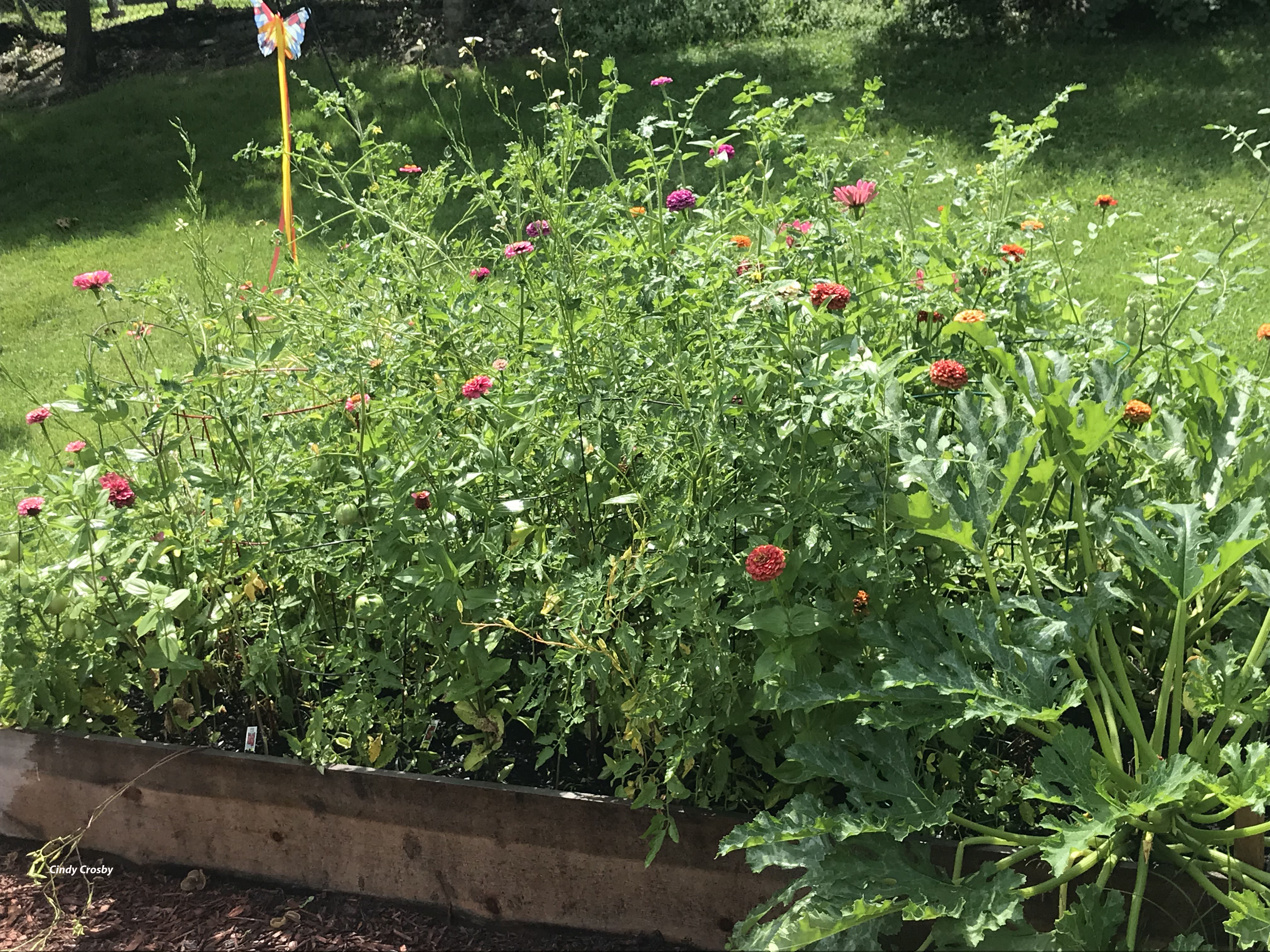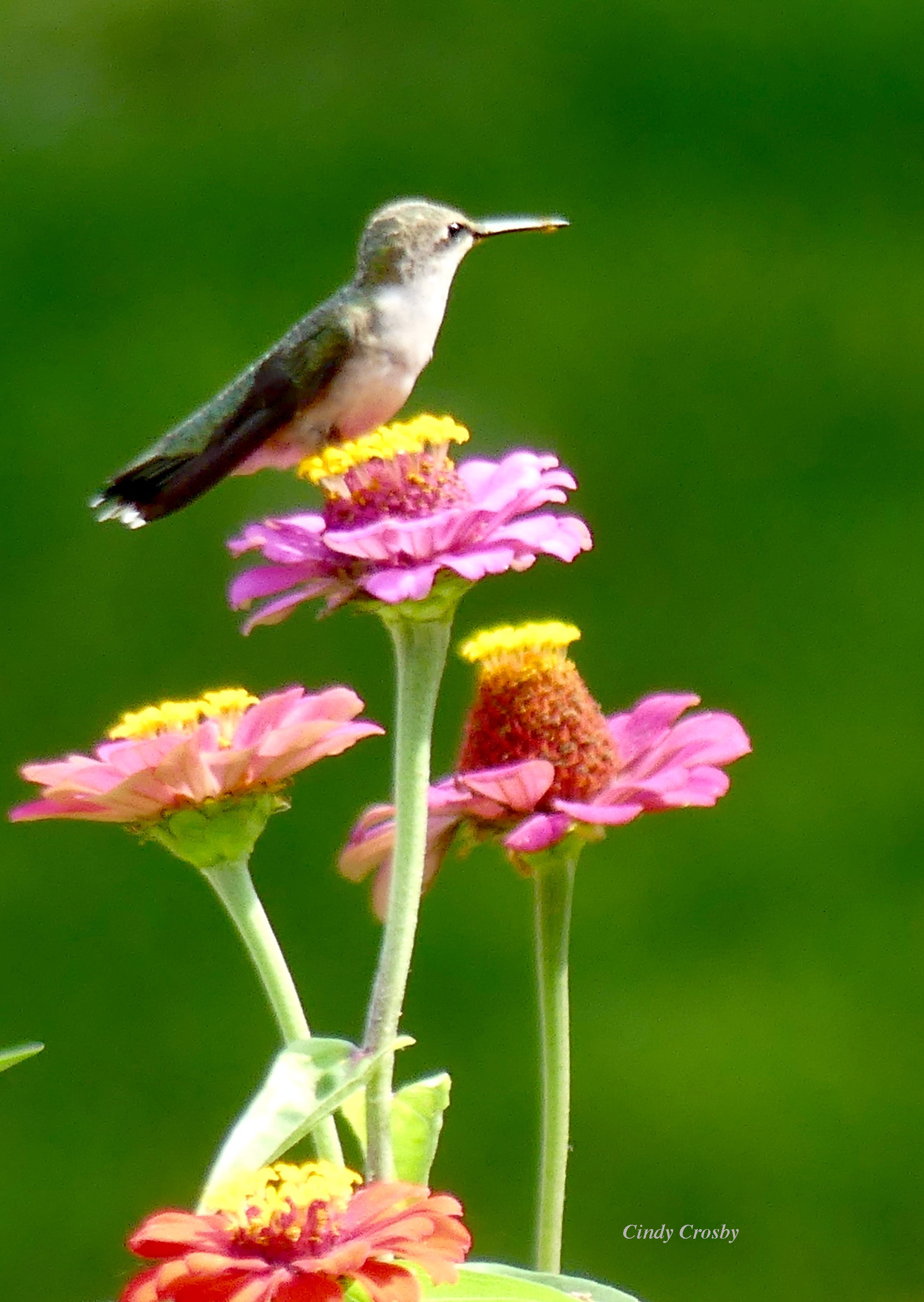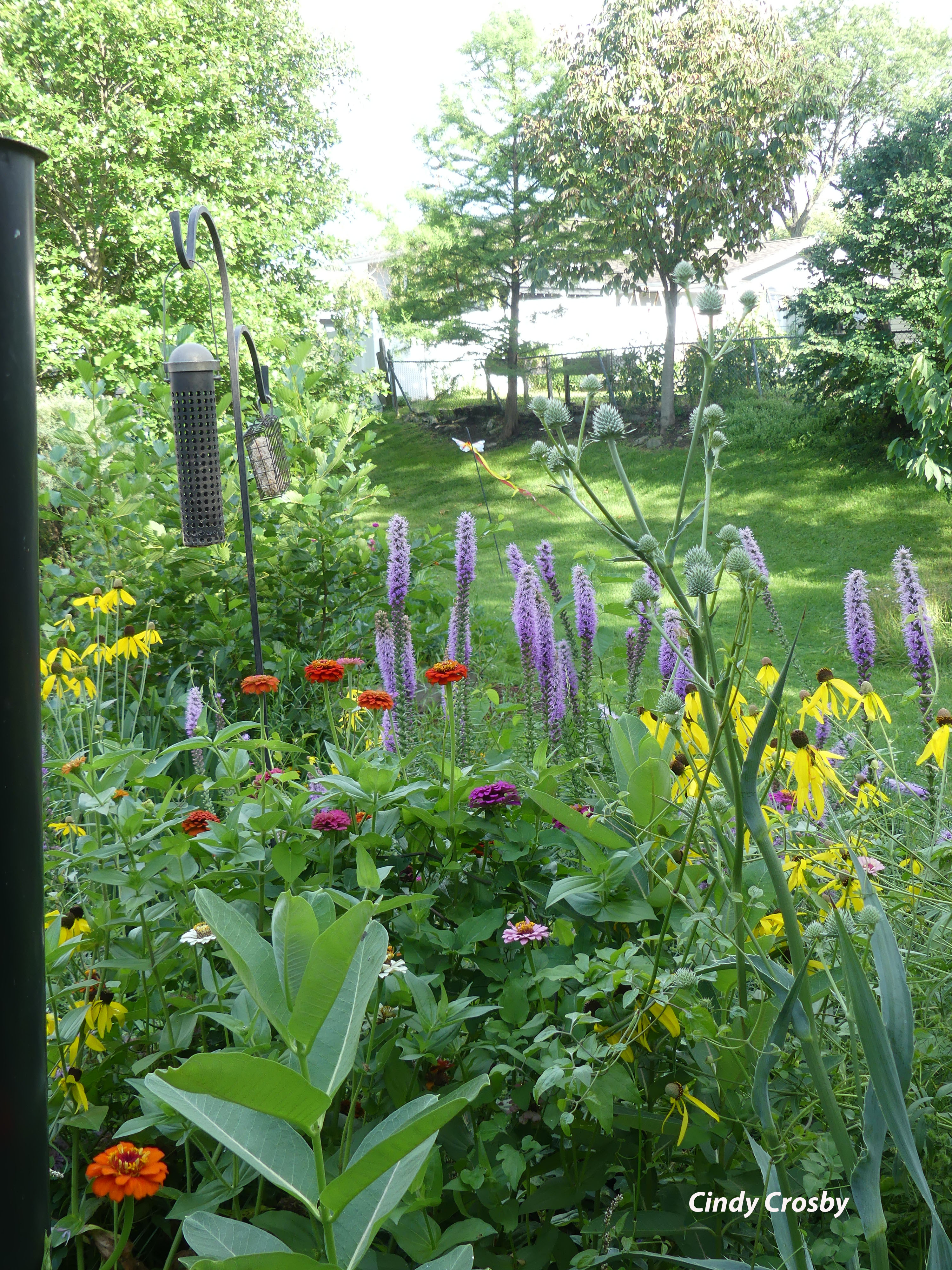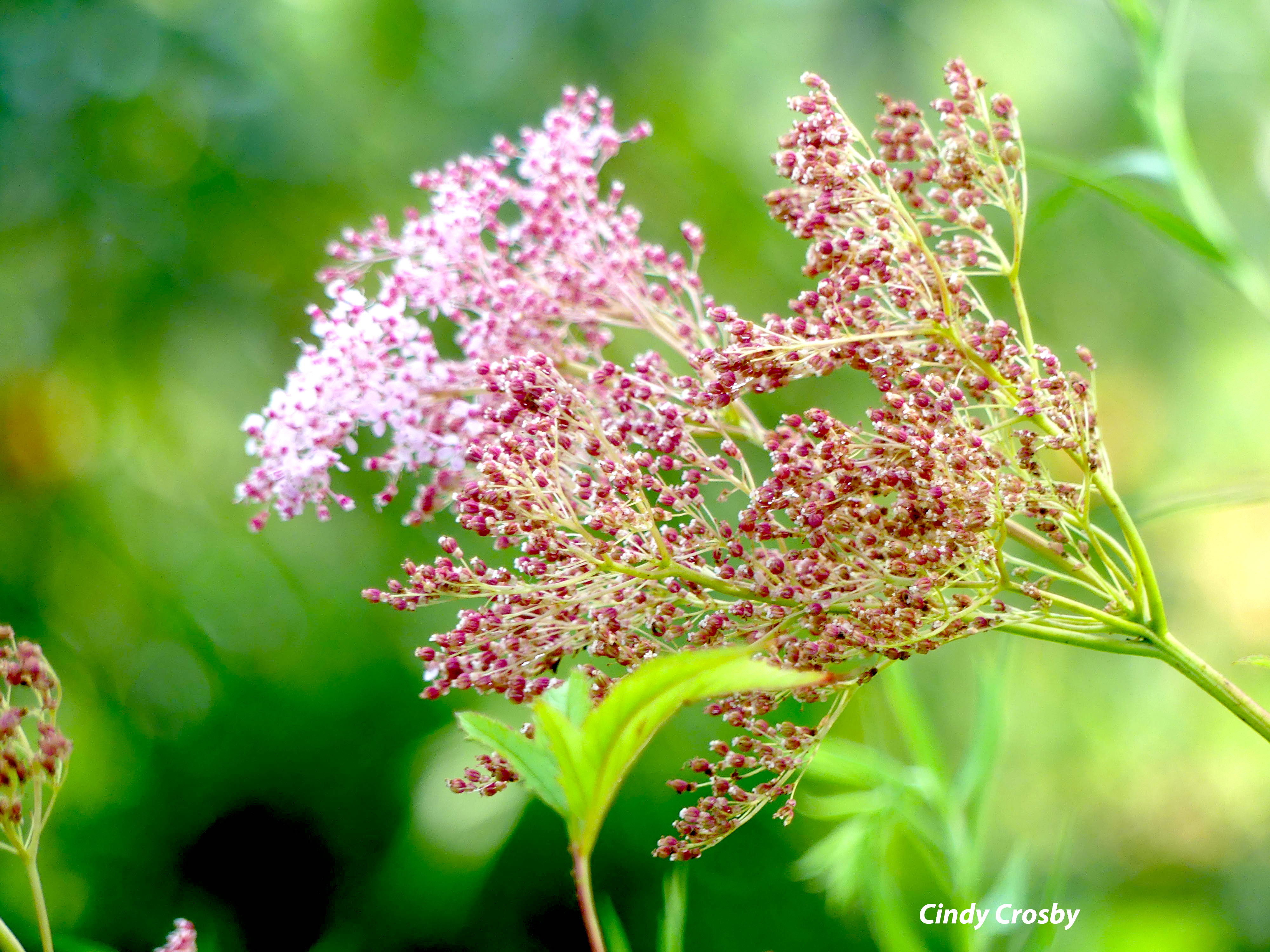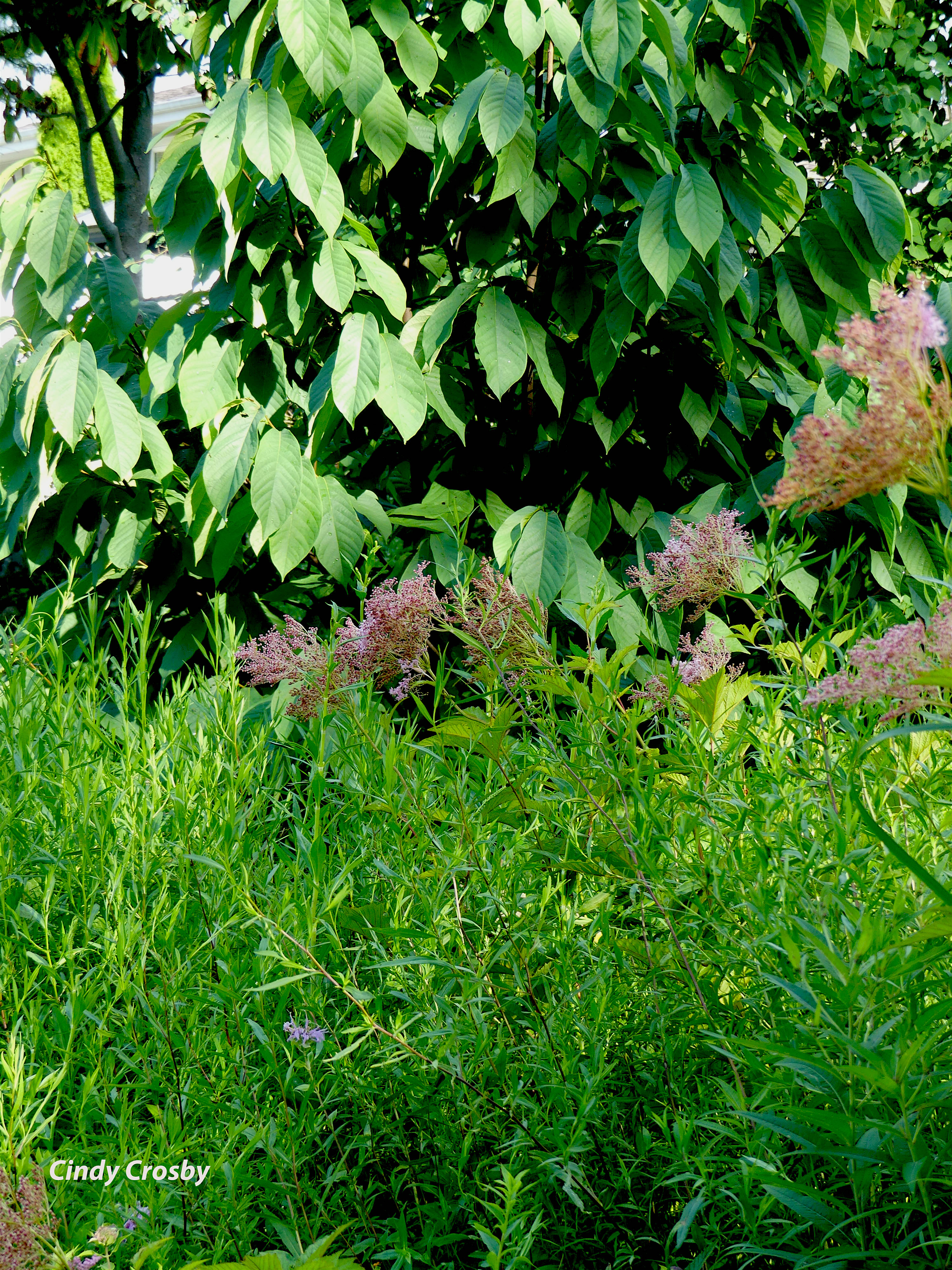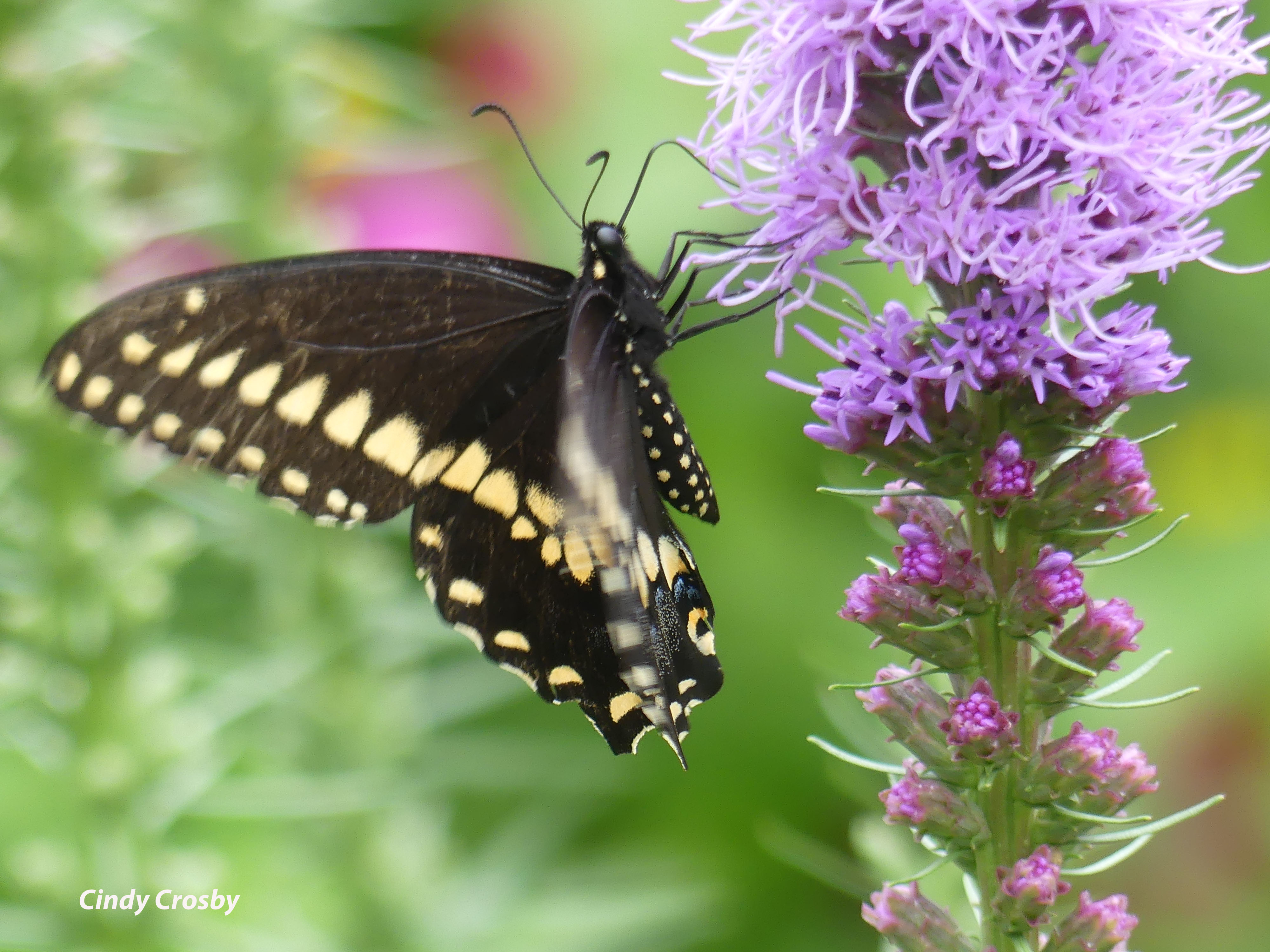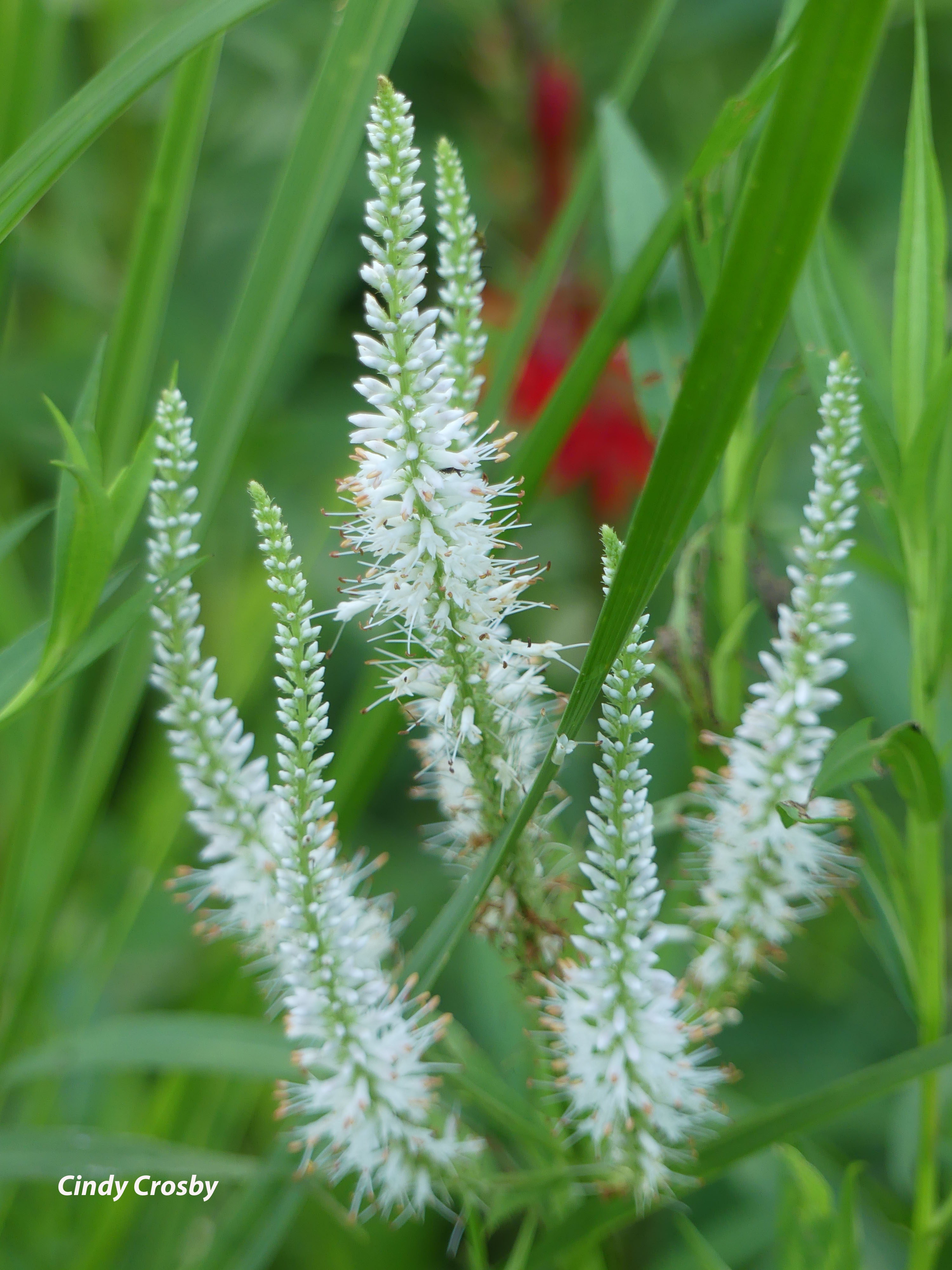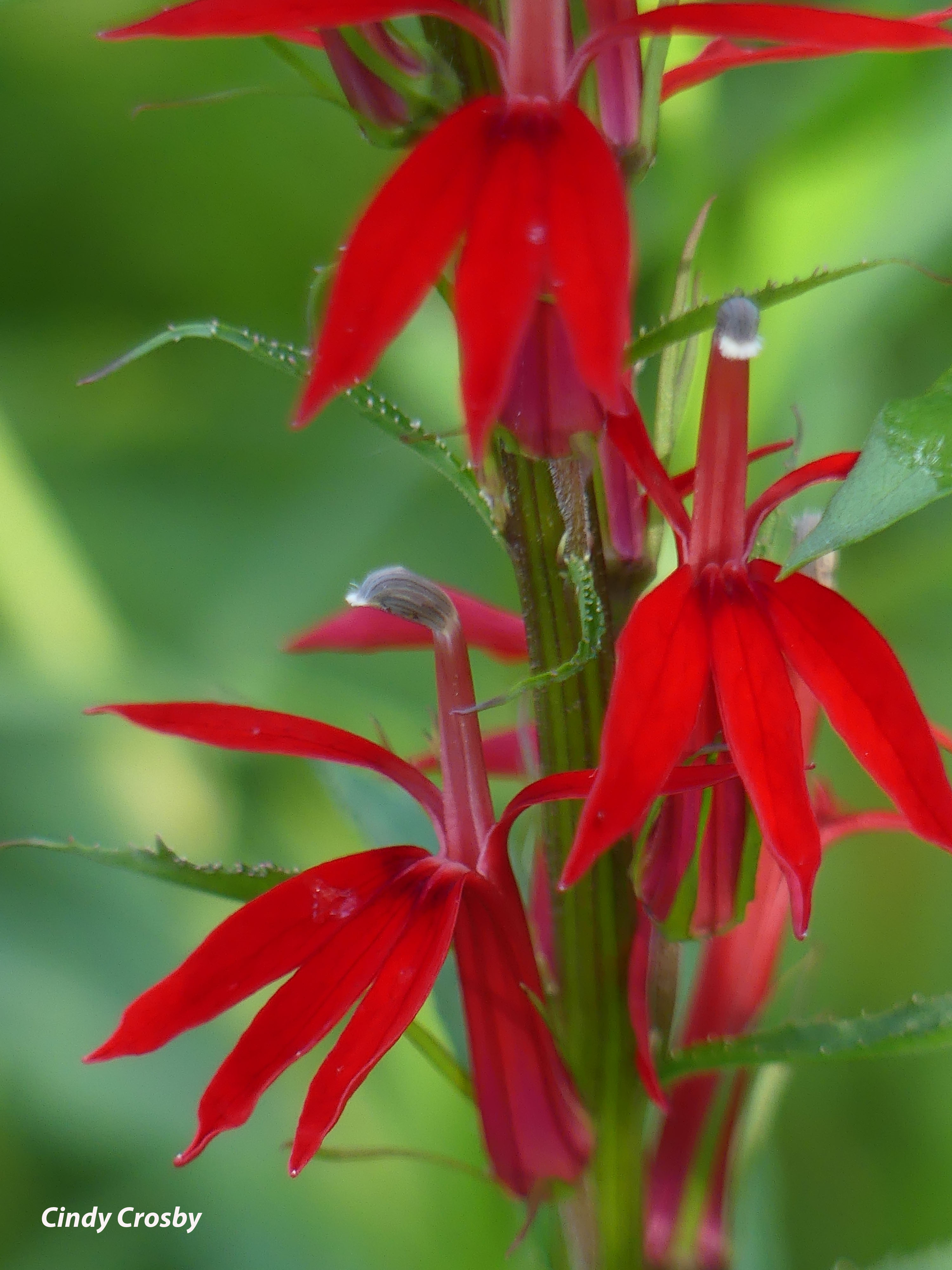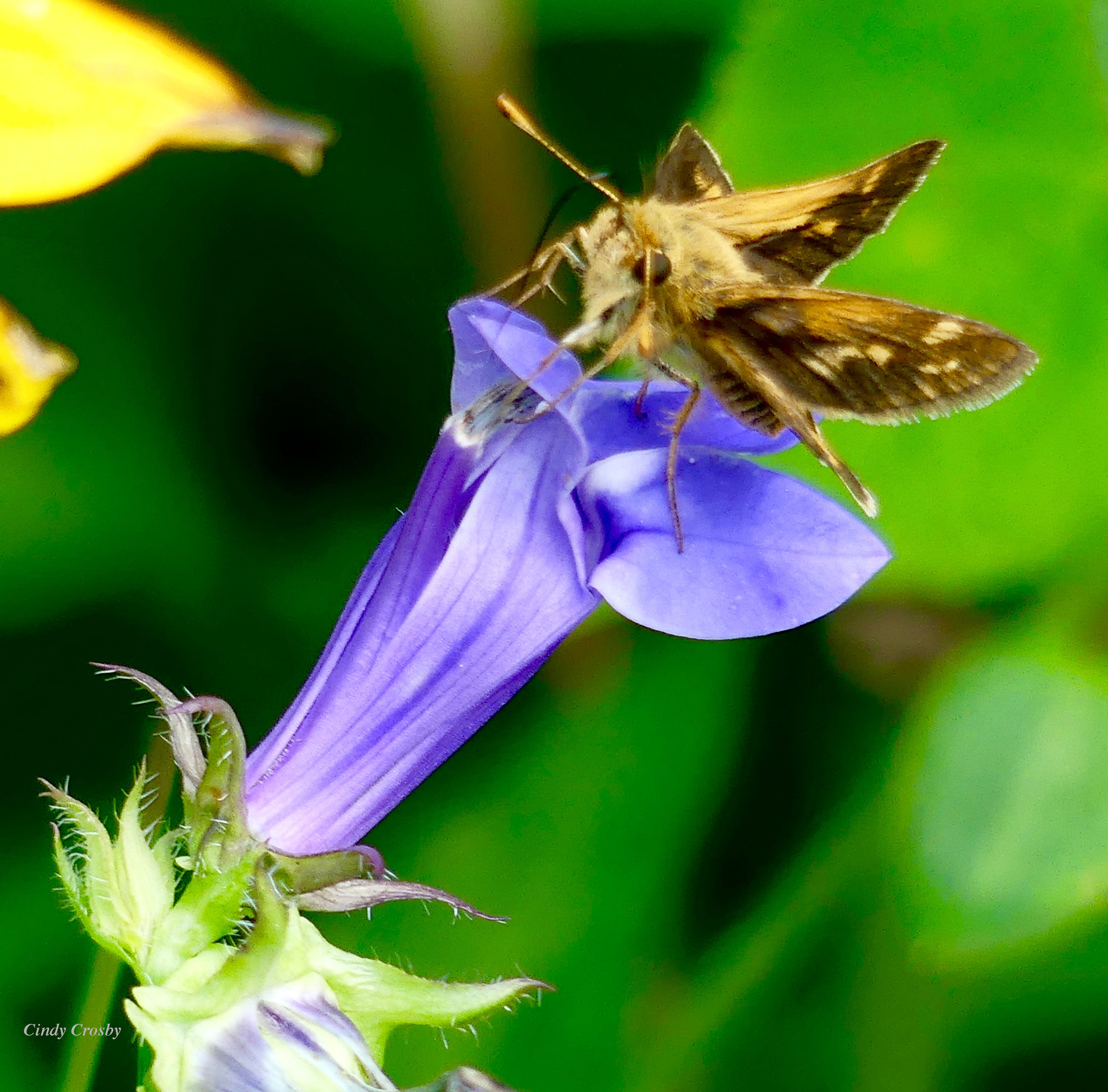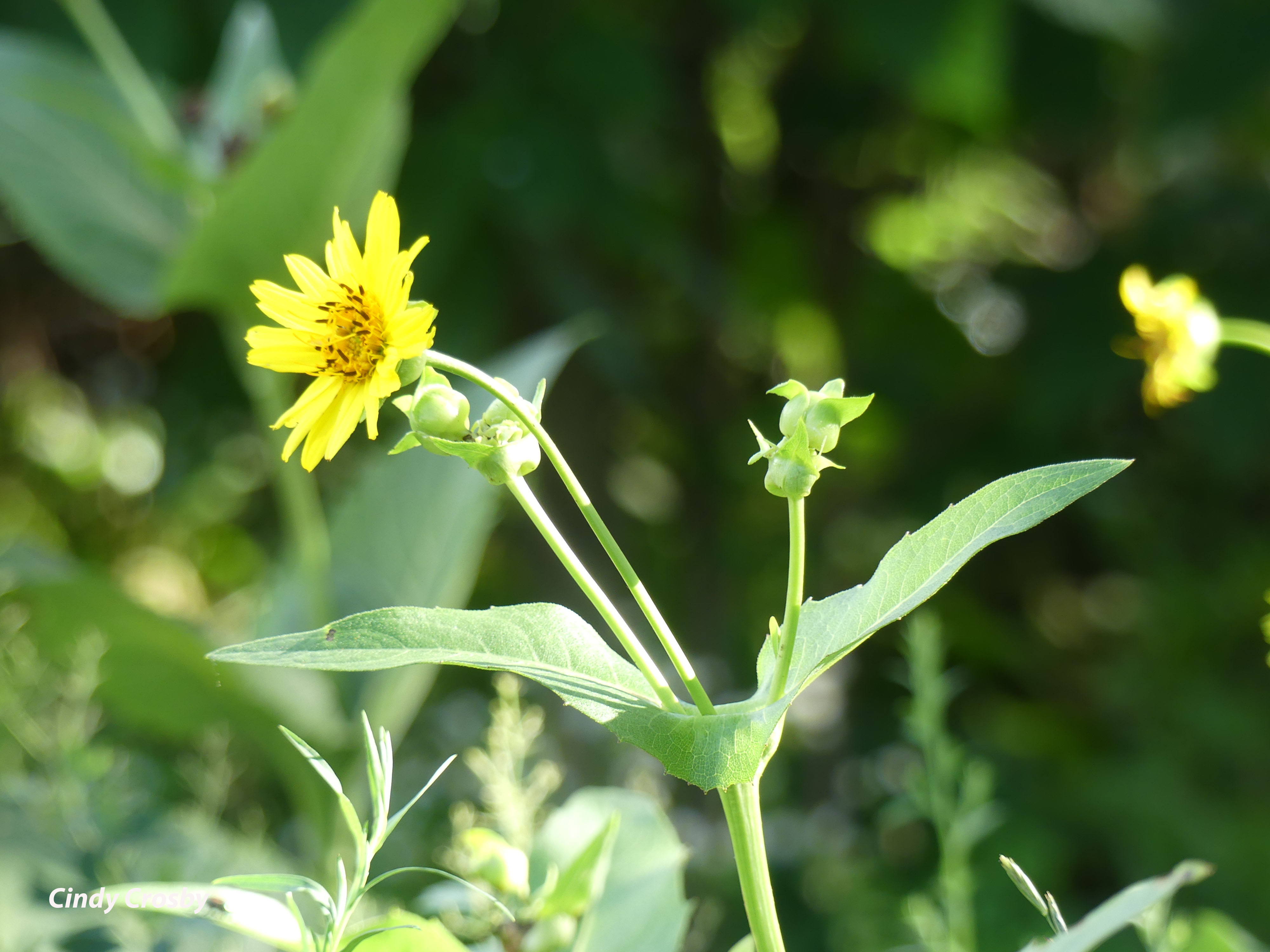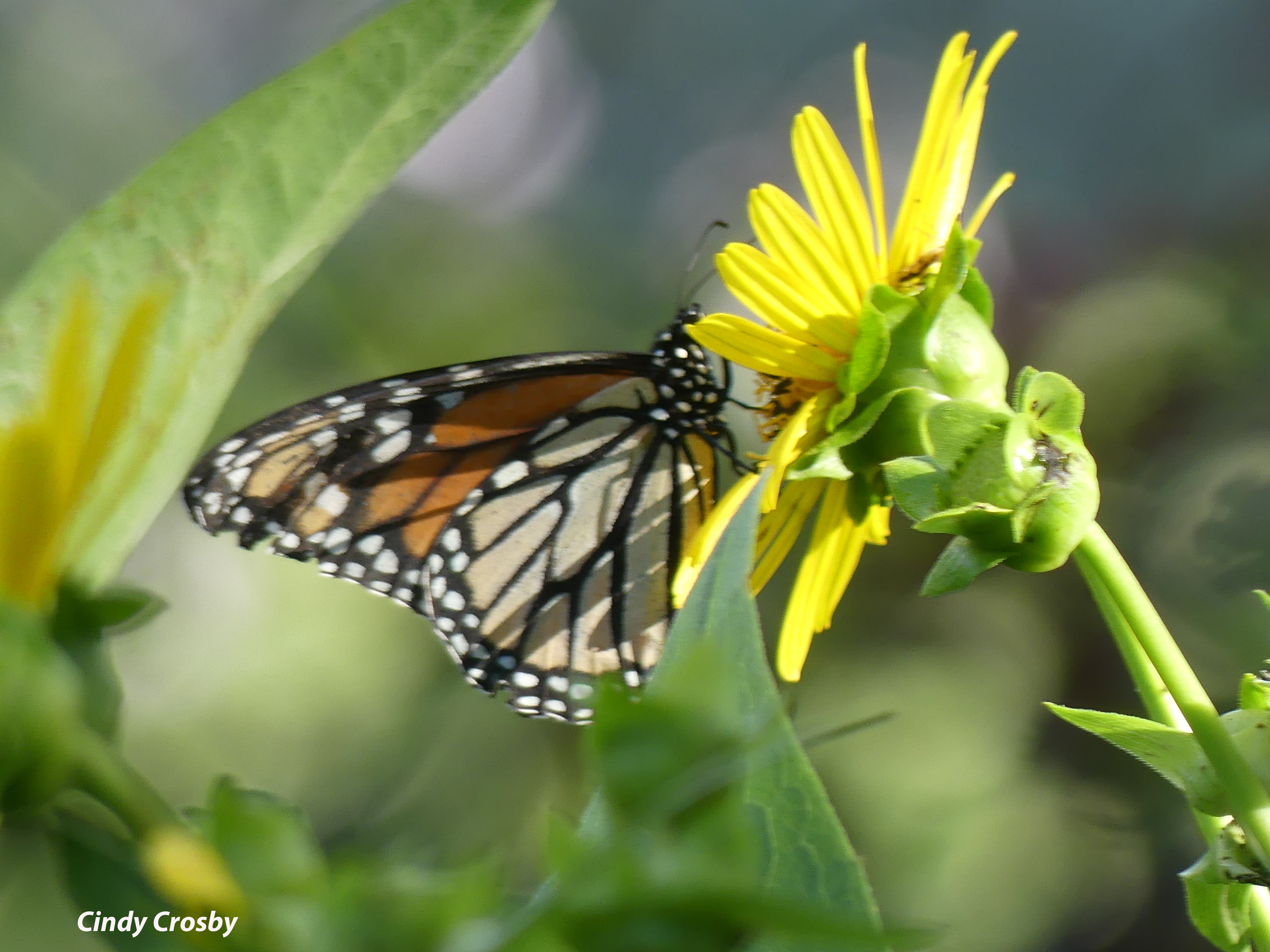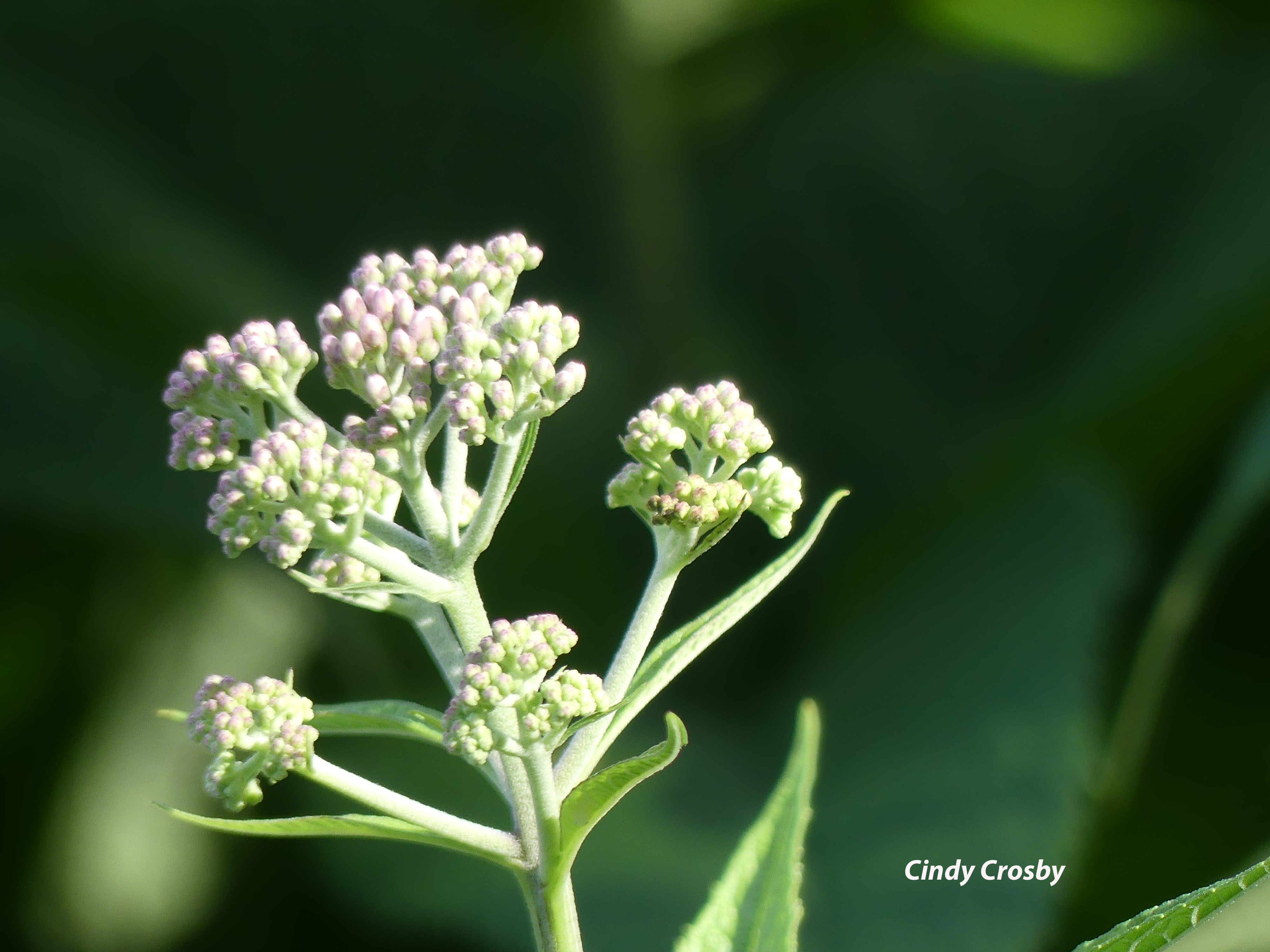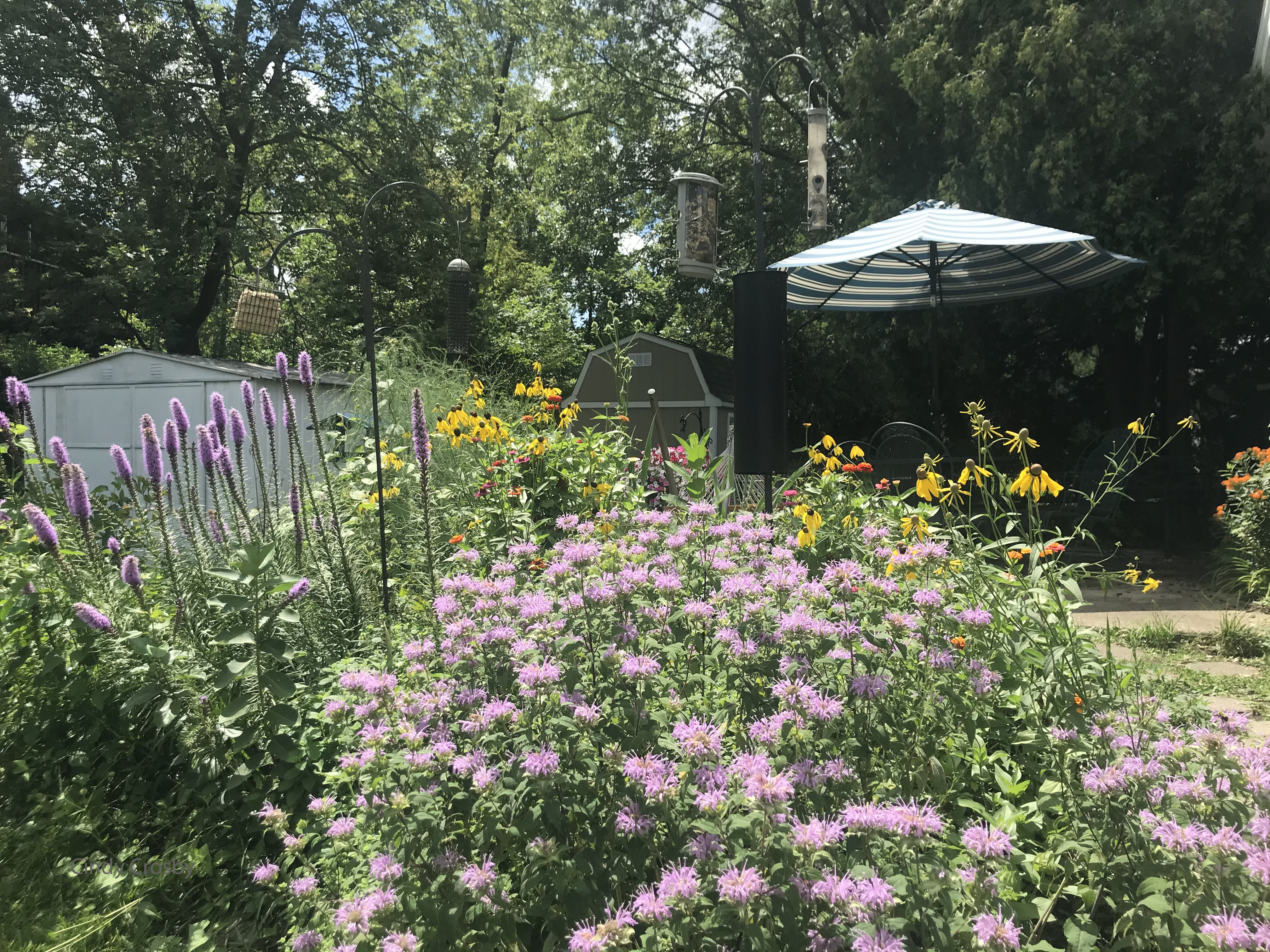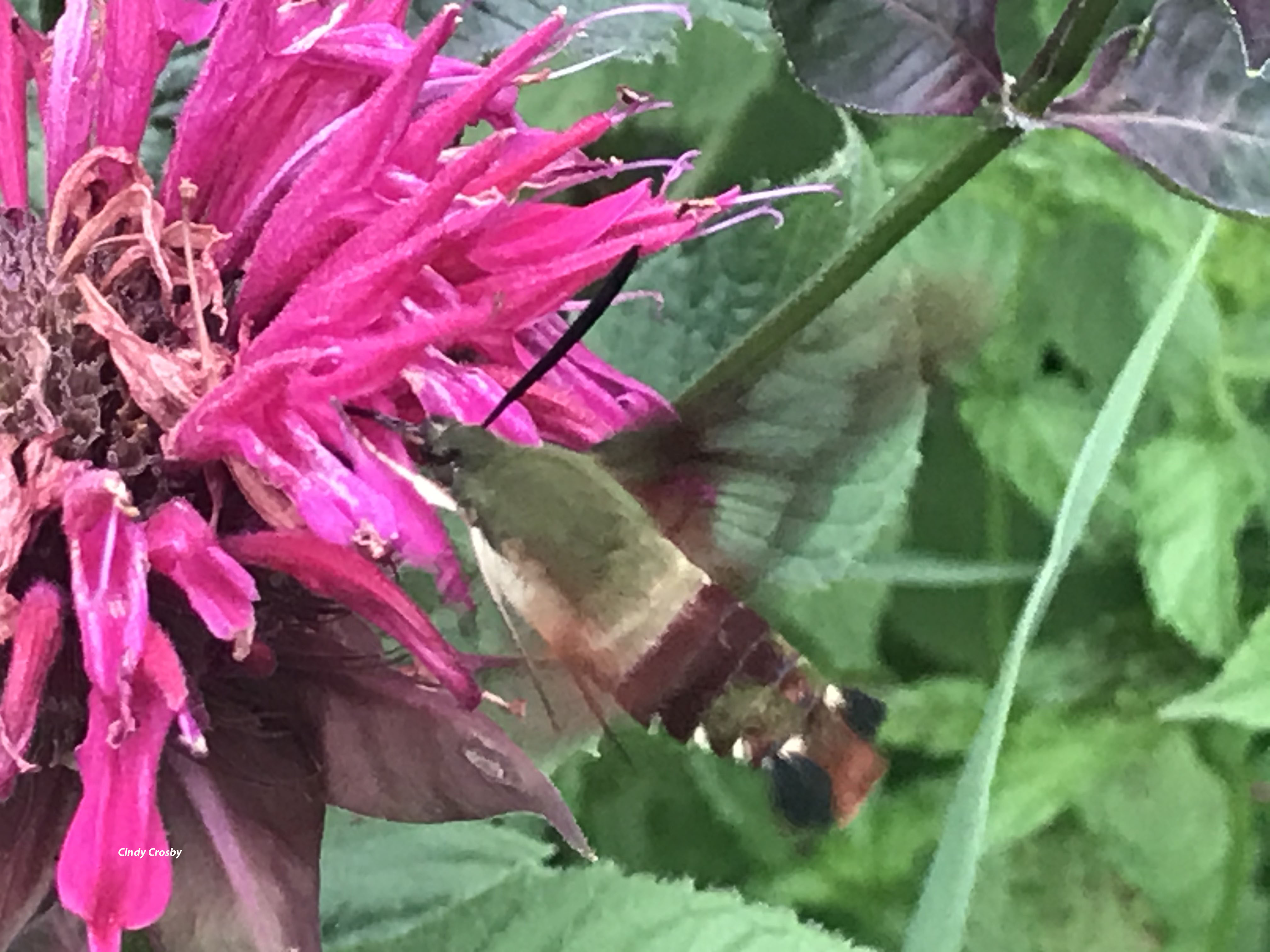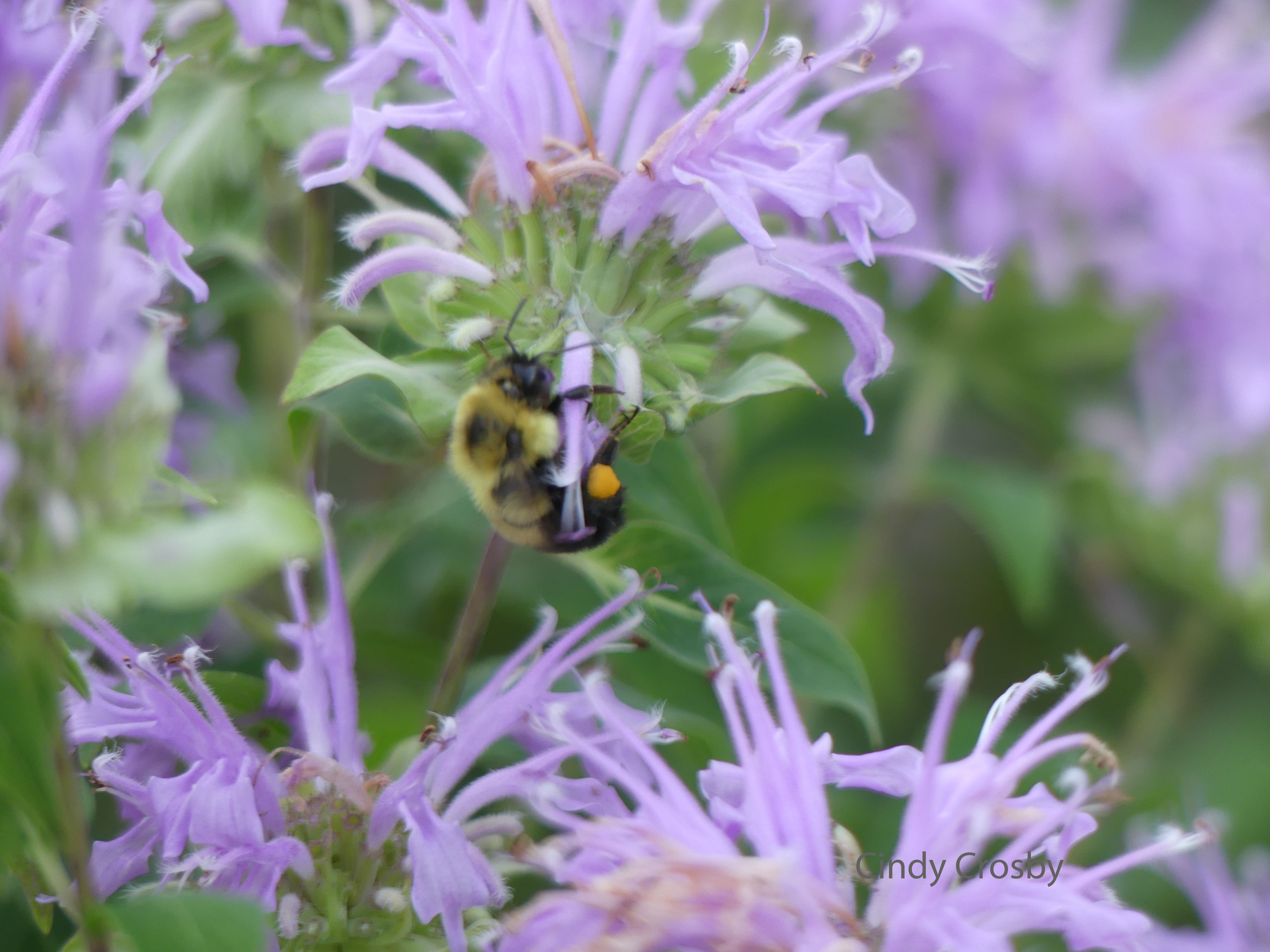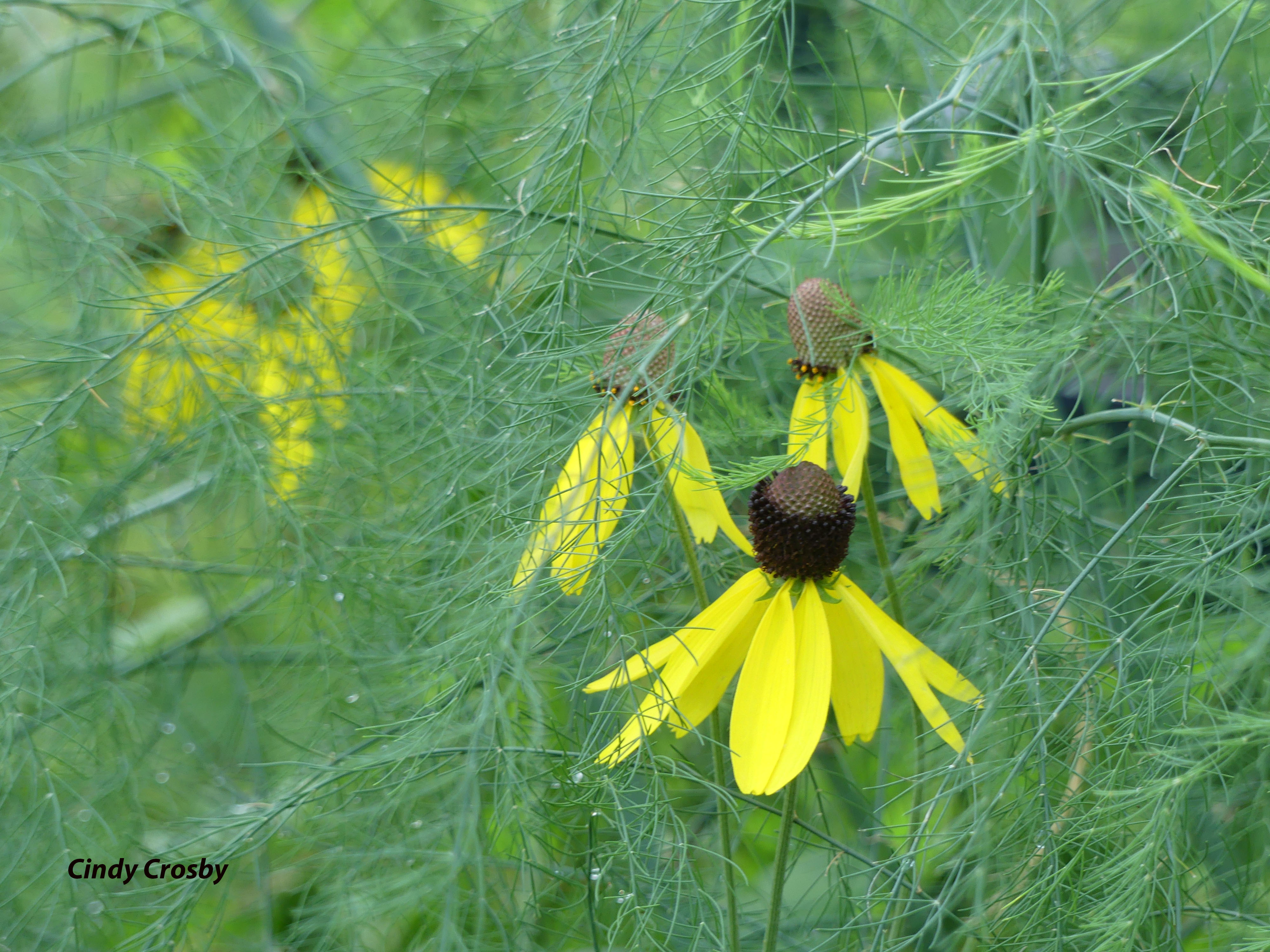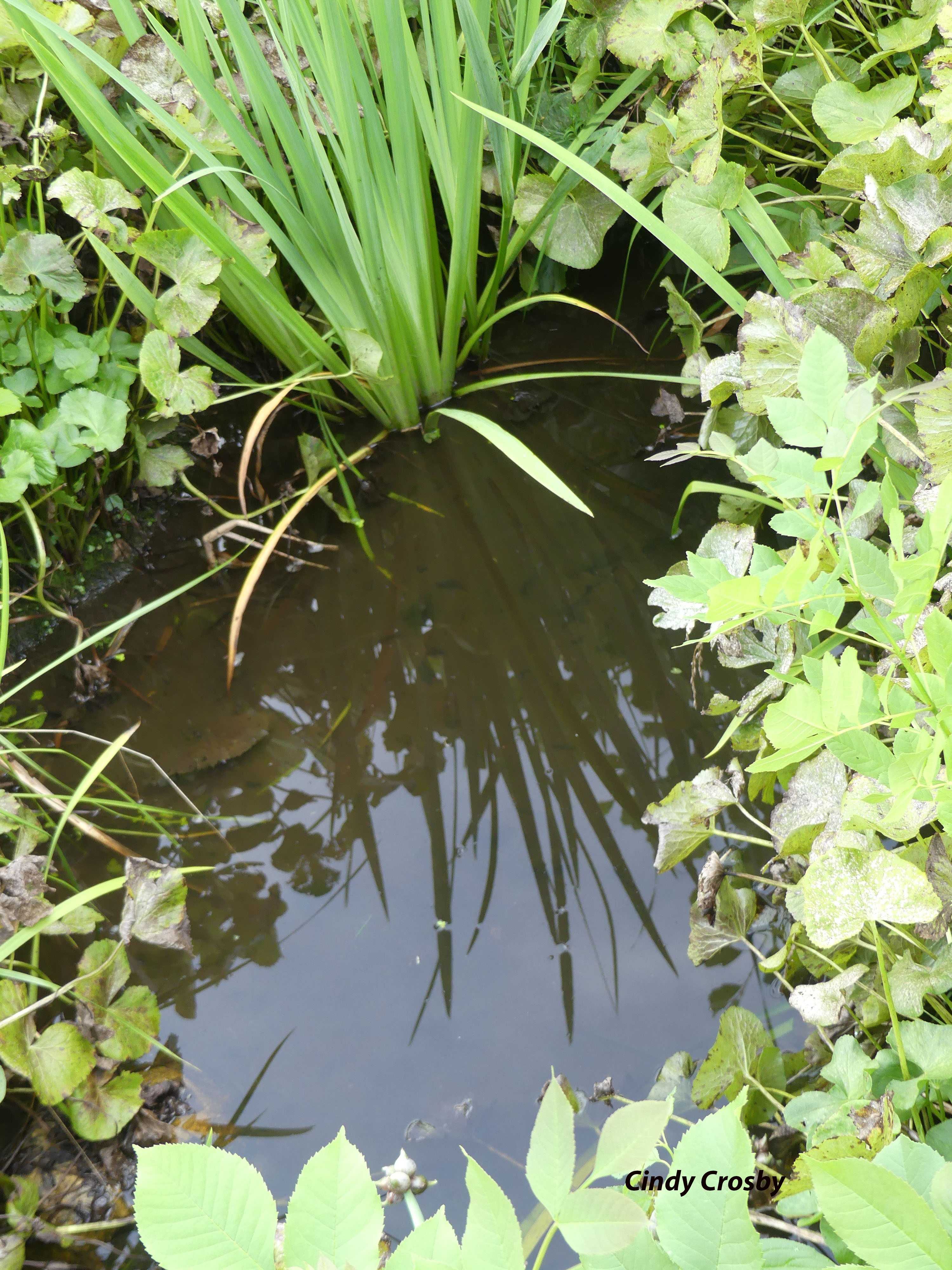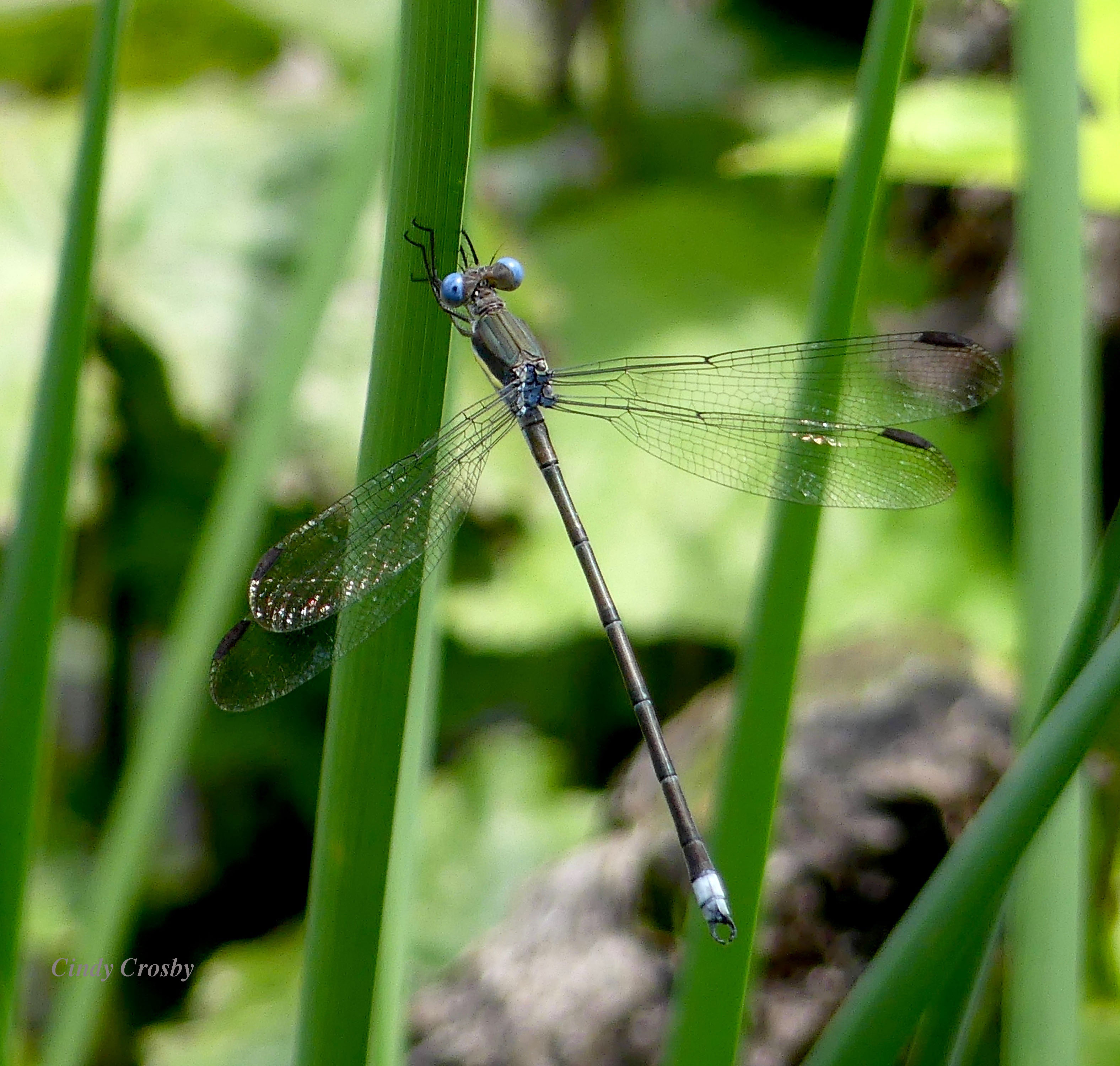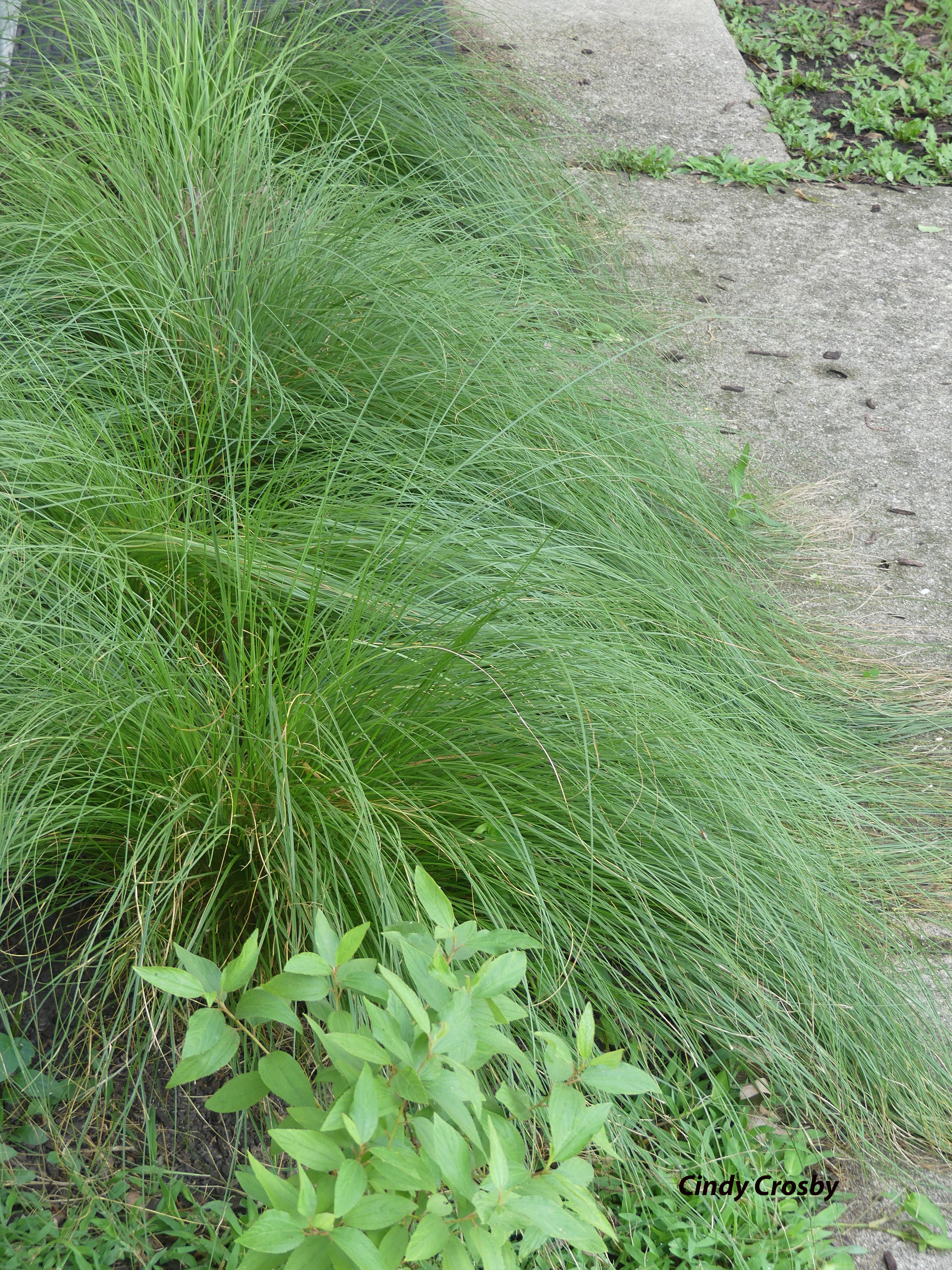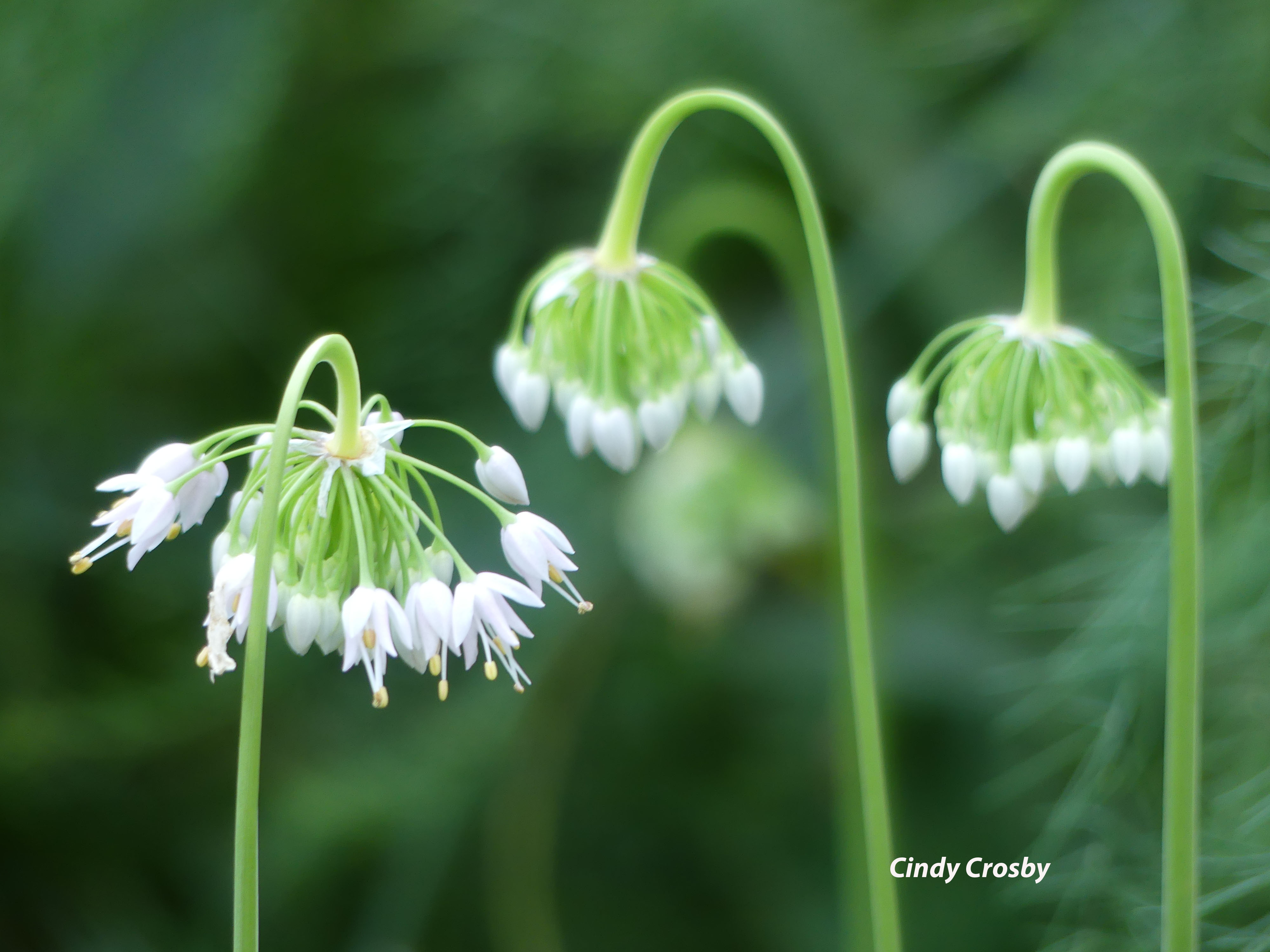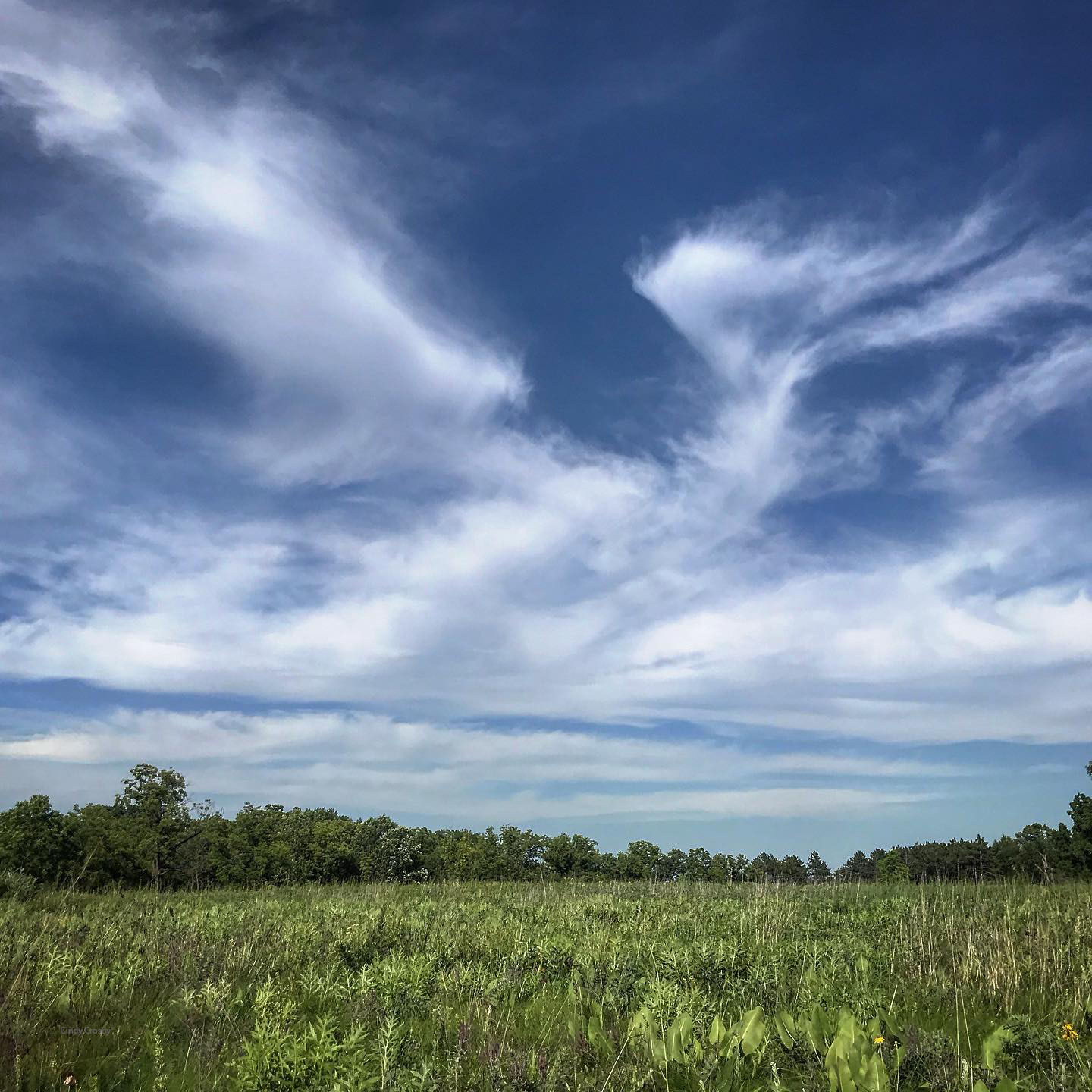“I sit beside the fire and think of all that I have seen; of meadow-flowers and butterflies in summers that have been; of yellow leaves and gossamer in autumns that there were; with morning mist and silver sun and wind upon my hair…”—J.R.R. Tolkien
******
It’s the first week of meteorological fall, although most of us won’t feel like it’s autumn until the autumnal equinox on Thursday, September 22. Summer, where did you go?
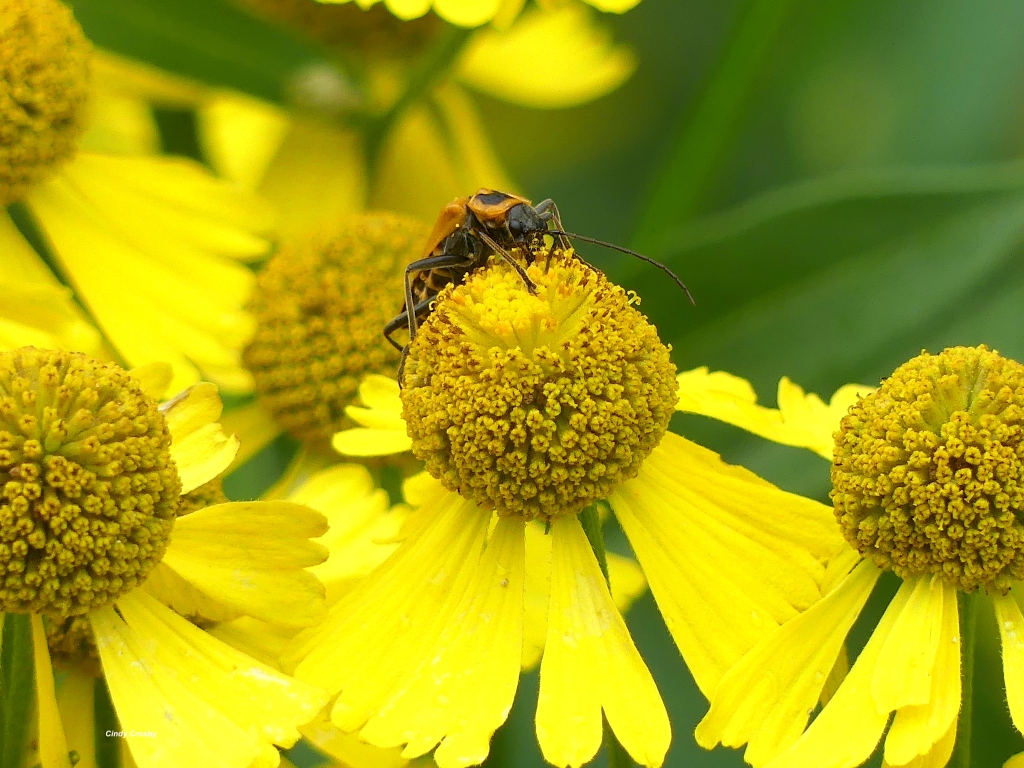
You can see the beginnings of seasonal change in the garden, where there is a turn from harvest to decay. The tomatoes have slowed down production. The tomato foliage is yellow and browning, especially on the species that aren’t as disease resistant. Despite my efforts to experiment with mesh bagging the best ripening fruit on the vines, the squirrels have triumphed.
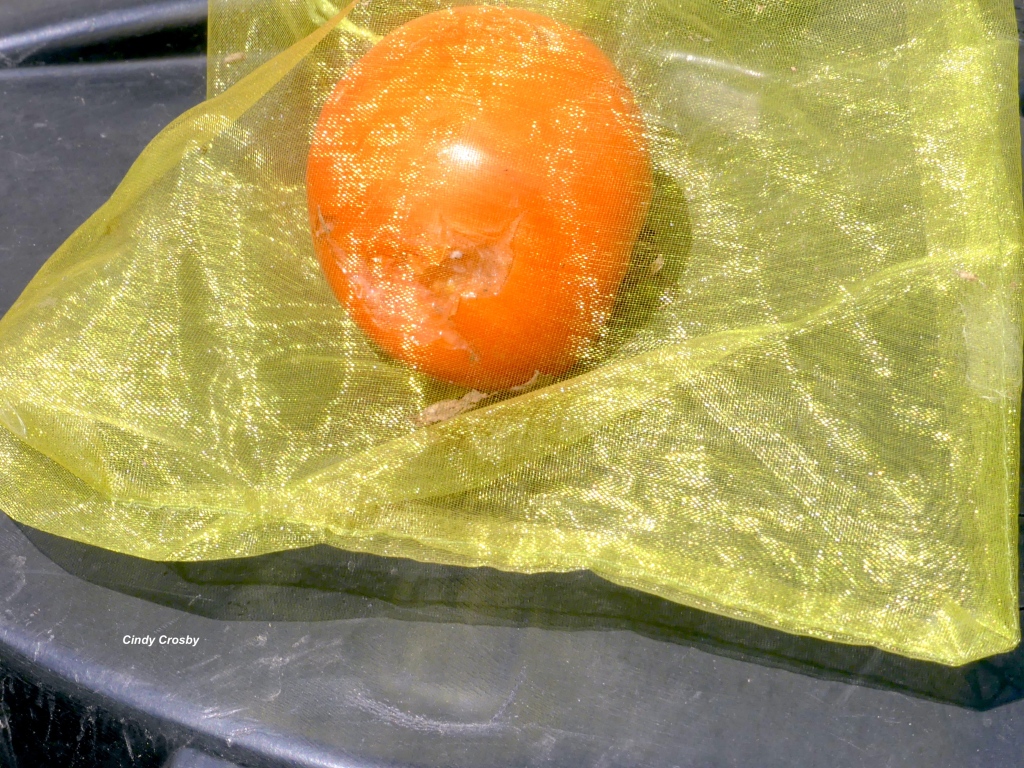
Yup. Bites right through the bags. Back to the drawing board. I’m thinking about cutting my losses and asking Jeff to pull out most of the tomato plants for me this week. Perhaps use the tomato real estate for some quick growing lettuce or kale as the season winds down. We’ll see. Nearby, in the long prairie border, a flush of goldenrods brightens the garden. Solidago speciosa, Solidago ohioenses, and that old invader, Solidago canadensis.
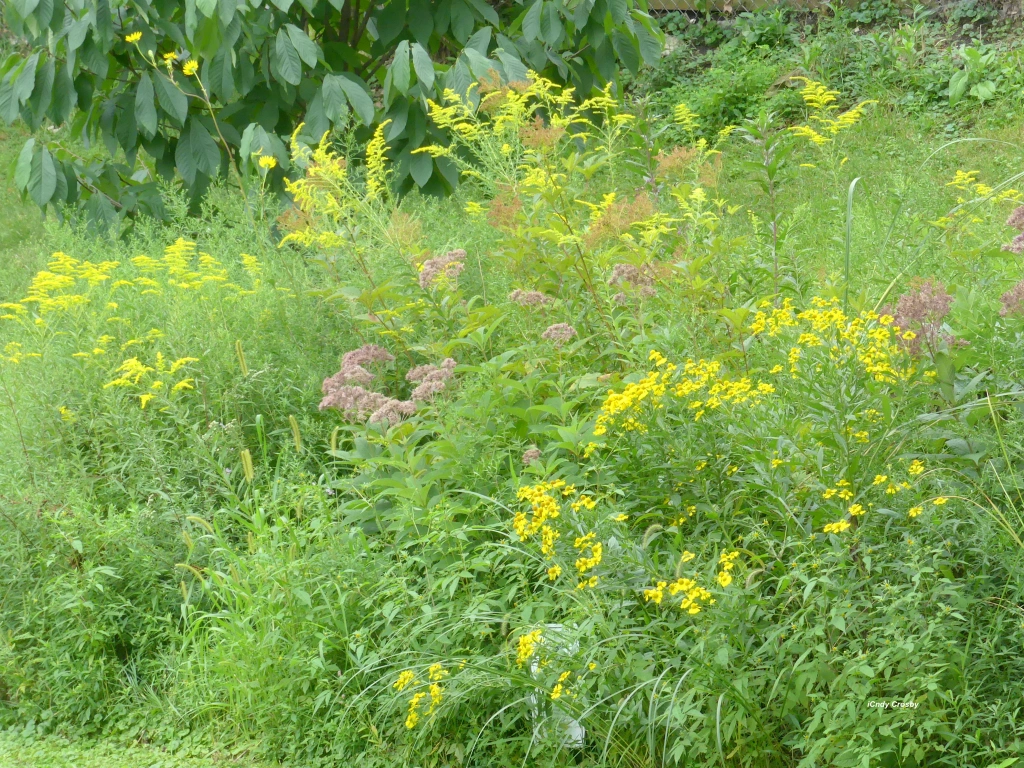
The gold flowers are a magnet for insects like this Hover Fly.
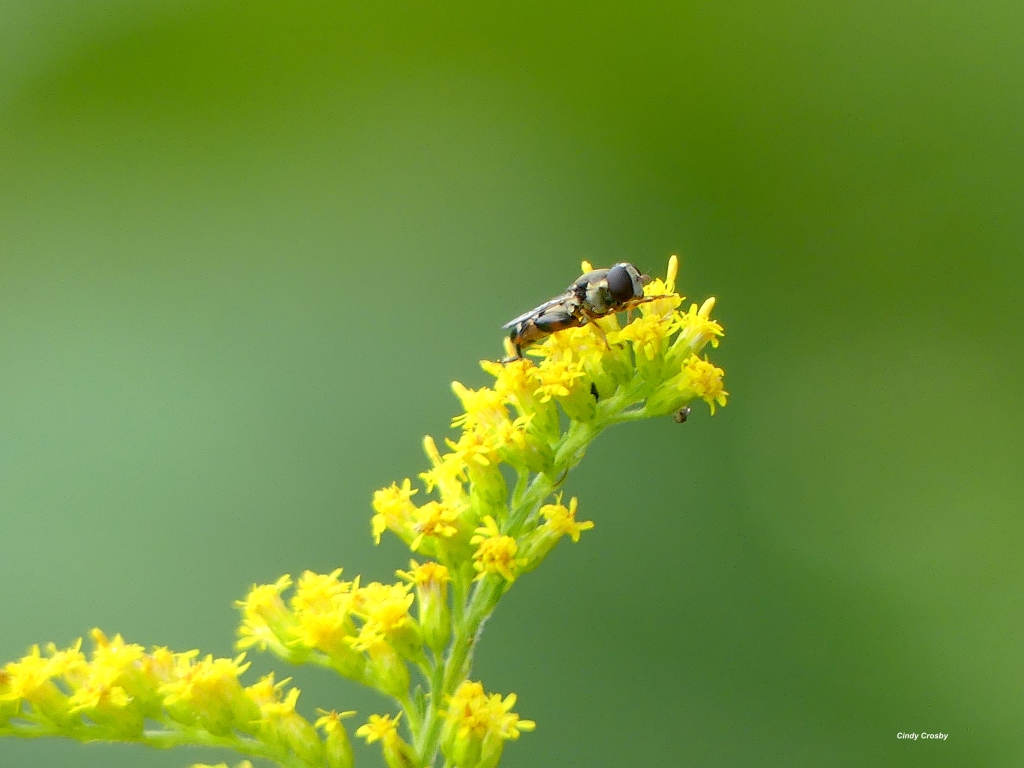
At least…I think that’s what it is! In Heather Holm’s remarkable book, Pollinators of Native Plants, it shows some of the incredible variety of insects that visit goldenrod and other prairie plants. Holm notes that square-headed wasps, which I first confused this insect with, perch on plants to scout for flies, which make up their primary meals. There are more than 1,500 square-headed wasp species! Wow. And I’m continually amazed at how many other types of wasps there are to learn. And, evidently—hover flies!
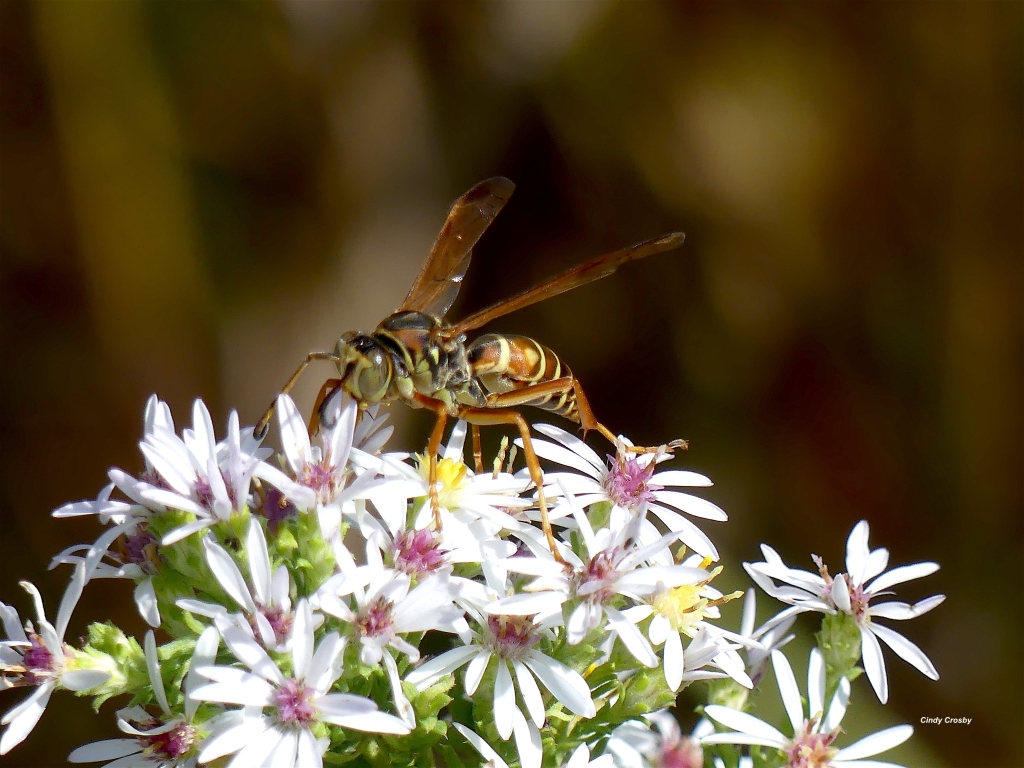
It’s tough to change your relationship with a group of insects like wasps from one of avoidance to appreciating them for their diversity and their work as pollinators. Knowledge and curiosity pave the road to understanding and enjoyment. But sometimes it’s a long road.
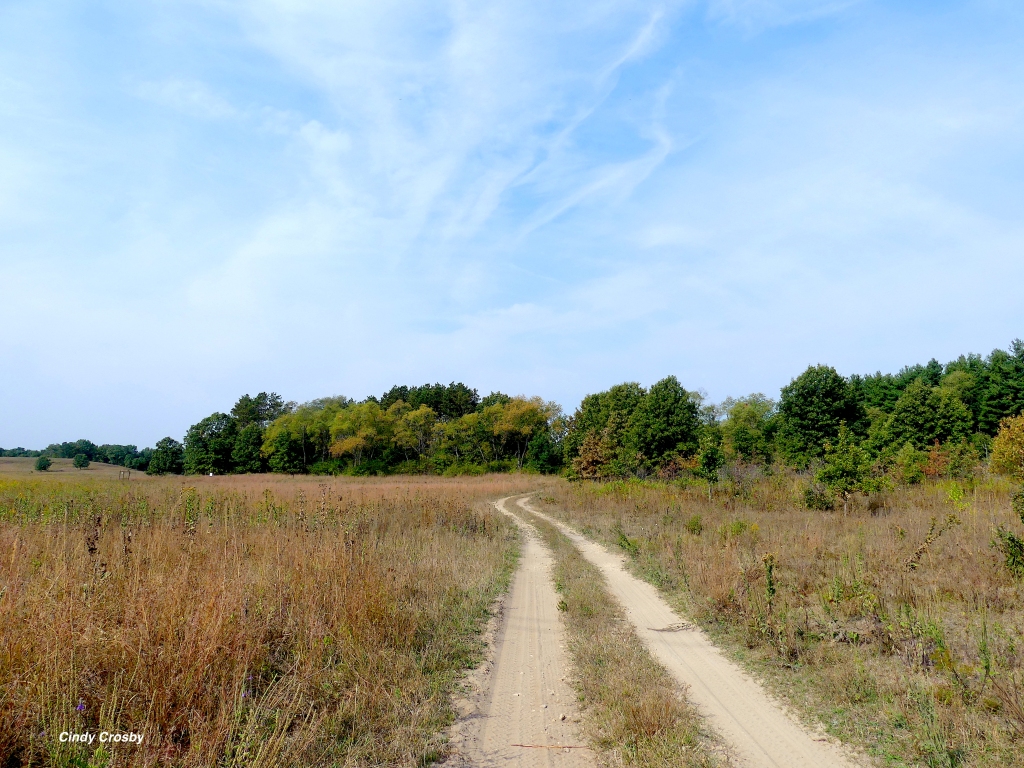
It’s going to take a little time—and more reading—to not automatically flinch when a wasp hangs out with me on the back patio.
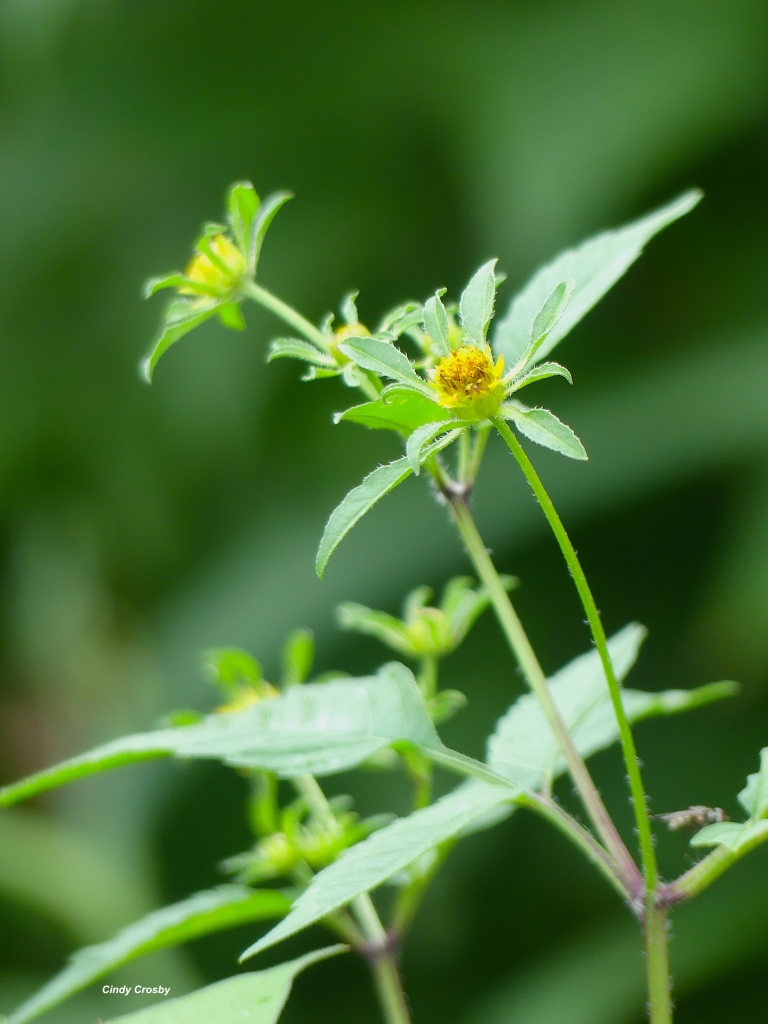
A brief shower this weekend gave us a respite from watering the garden and prairie plantings. I took a stroll around the backyard in the splattering rain and marveled at what the doctor-mandated “no weeding” looks like after two weeks. Morning glories twine everywhere, the remnants of a planting a decade ago.
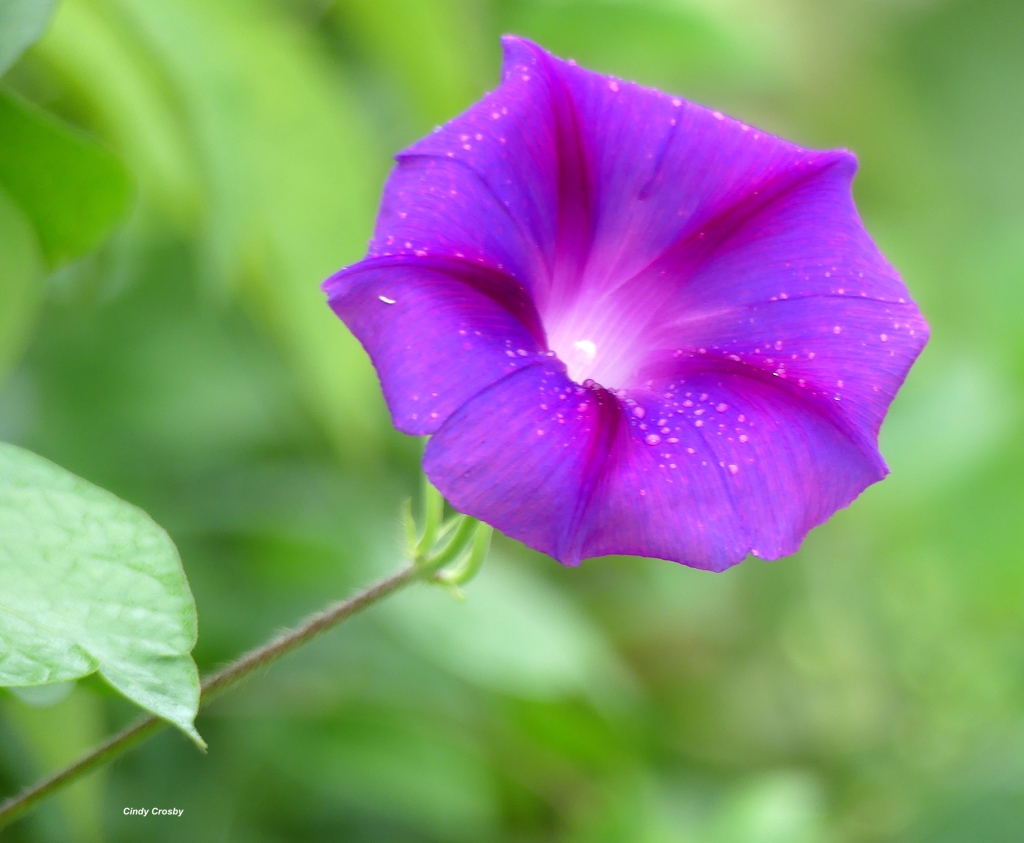
The Sweet Autumn Clematis I planted 20 years ago (and quickly realized was a mistake) rampages through the spicebush, old roses, and bird-sown asparagus.
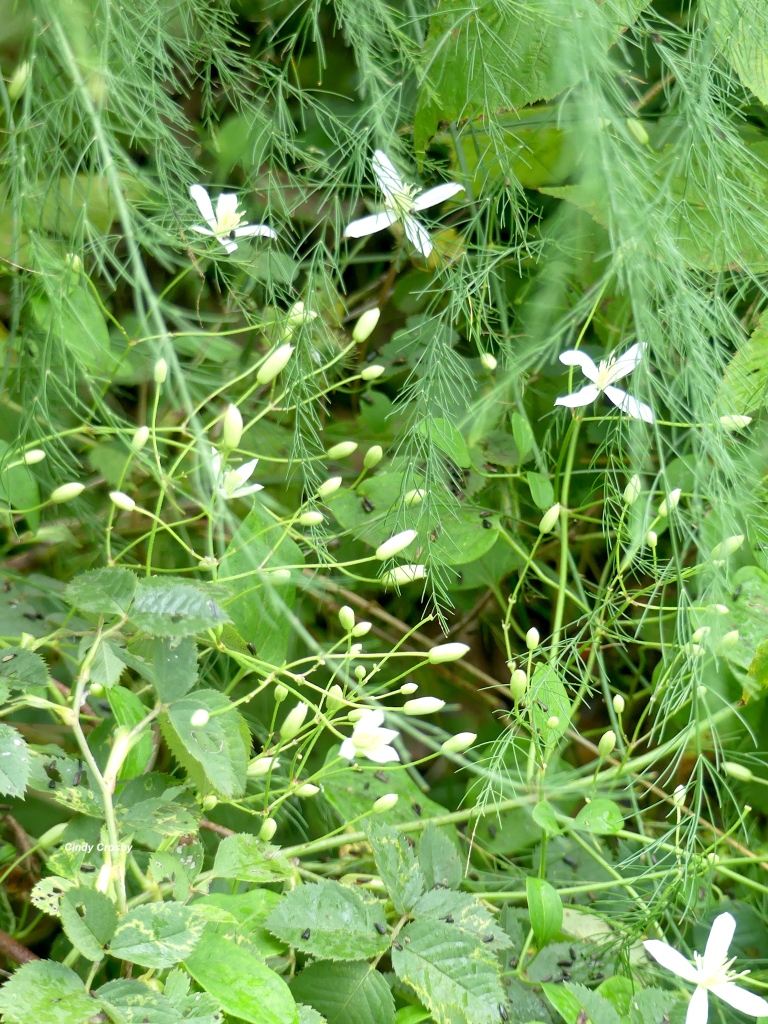
Sure, the Sweet Autumn Clematis is pretty! And it smells lovely. But how I long to yank it all out!

It’s a menace. I’ve spent the last two decades pulling it from the garden and prairie plantings. Every fall, I think I’ve eradicated it. Every fall, when it blooms, I realize I’ve failed. Garden catalog copy mentioned it was “vigorous.” Seasoned gardeners know when you hear the word “vigorous” alarm bells should go off. If I could turn back time, I’d order Virgin’s Bower (Clematis virginiana), a native vine that might have played more nicely in the garden. It pairs beautifully with asters. It’s almost identical to the non-native Sweet Autumn Clematis, although the leaves are shaped a bit differently.
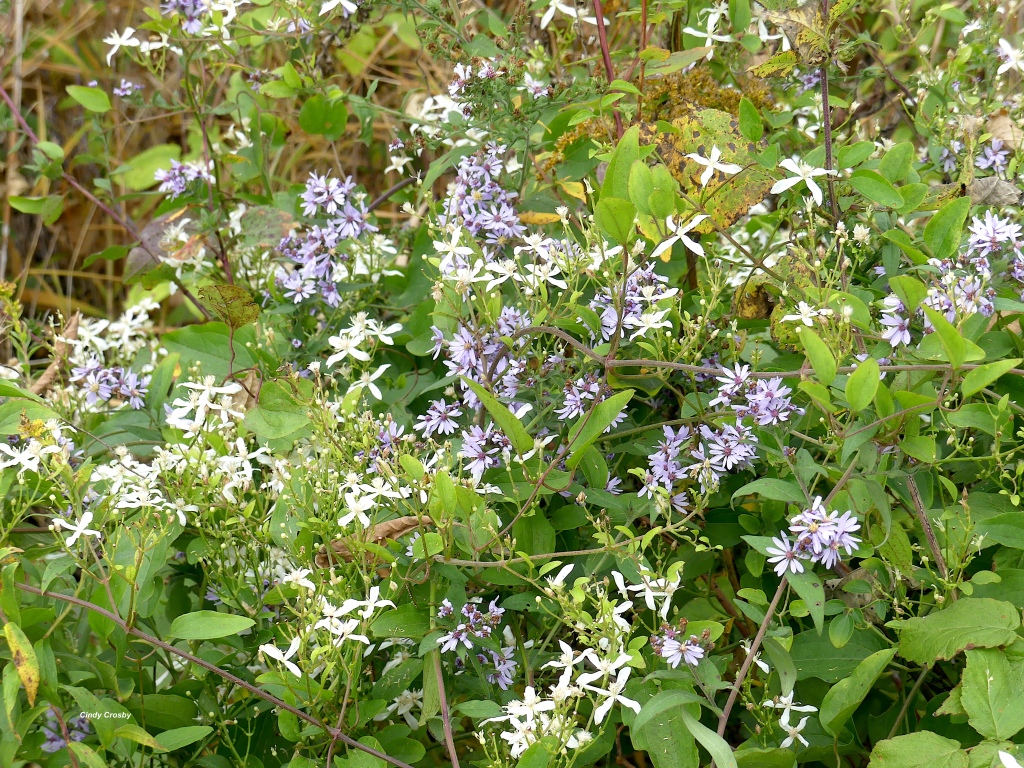
I love how Virgin’s Bower looks when it goes to seed on the edges of the prairie.
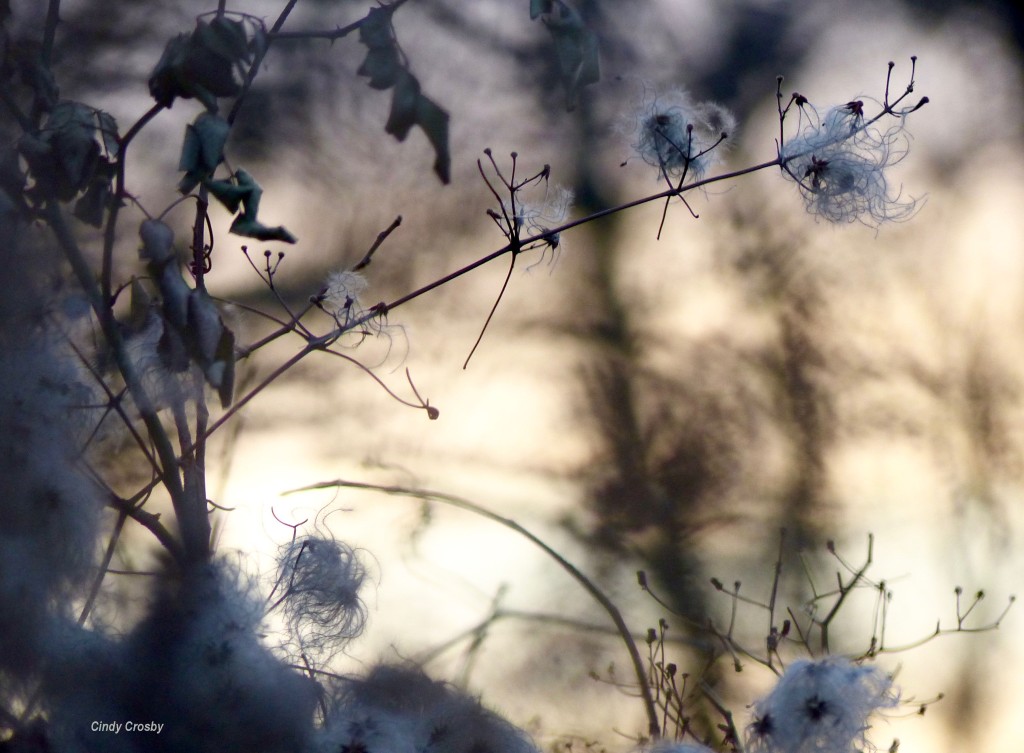
I make a mental note to order Virgin’s Bower in the spring. In the meantime, I’ll enjoy the Sweet Autumn Clematis show for another September.
In my prairie plantings, the rambunctious native Grey-headed Coneflower finished blooming, and has left me with delicious, lemony-fragrant seedheads. I love crushing them between my fingers and inhaling the scent. Mmmmm.
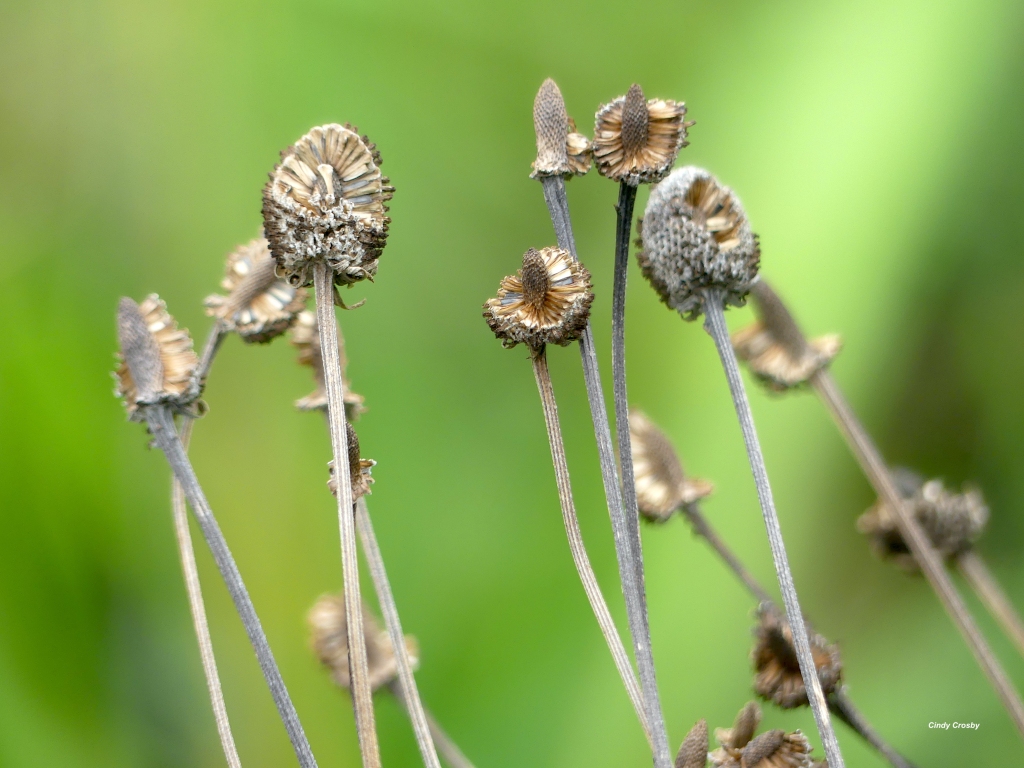
The grassy mounds of prairie dropseed planted under my living room windows spray the air with buttered popcorn fragrance. Such tiny seeds to make such an olfactory difference!
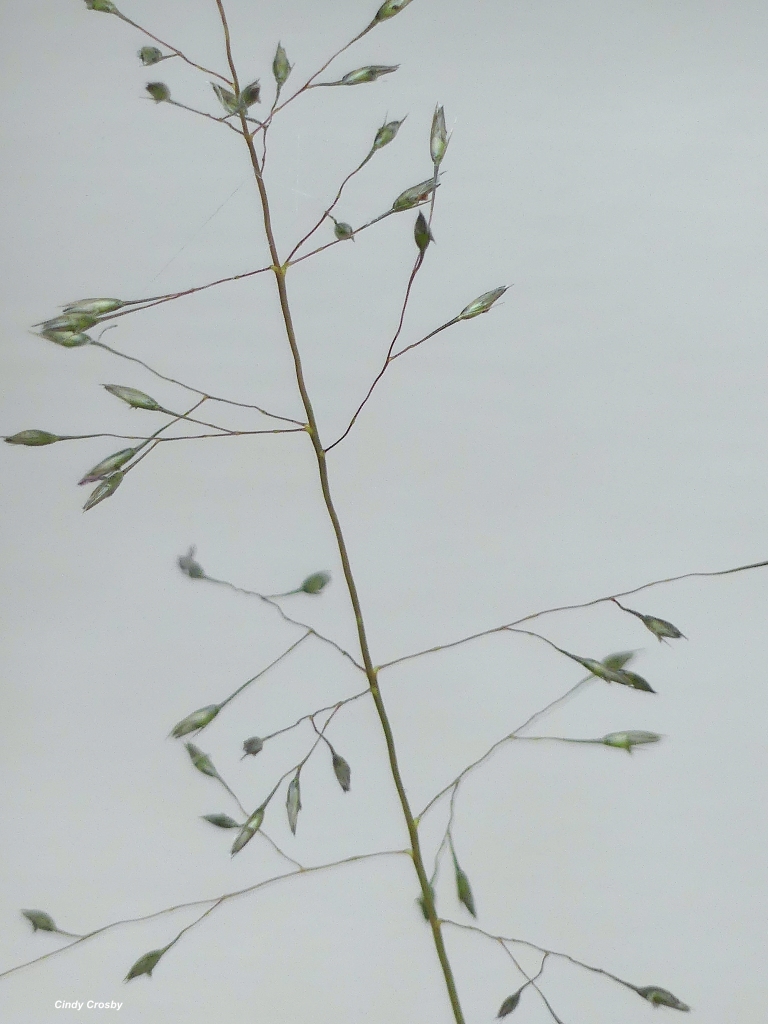
Swamp milkweed seeds refuse to parachute from the mother plant. Instead they damply cluster in the rain. I think of all the possibilities wrapped up in those seeds.
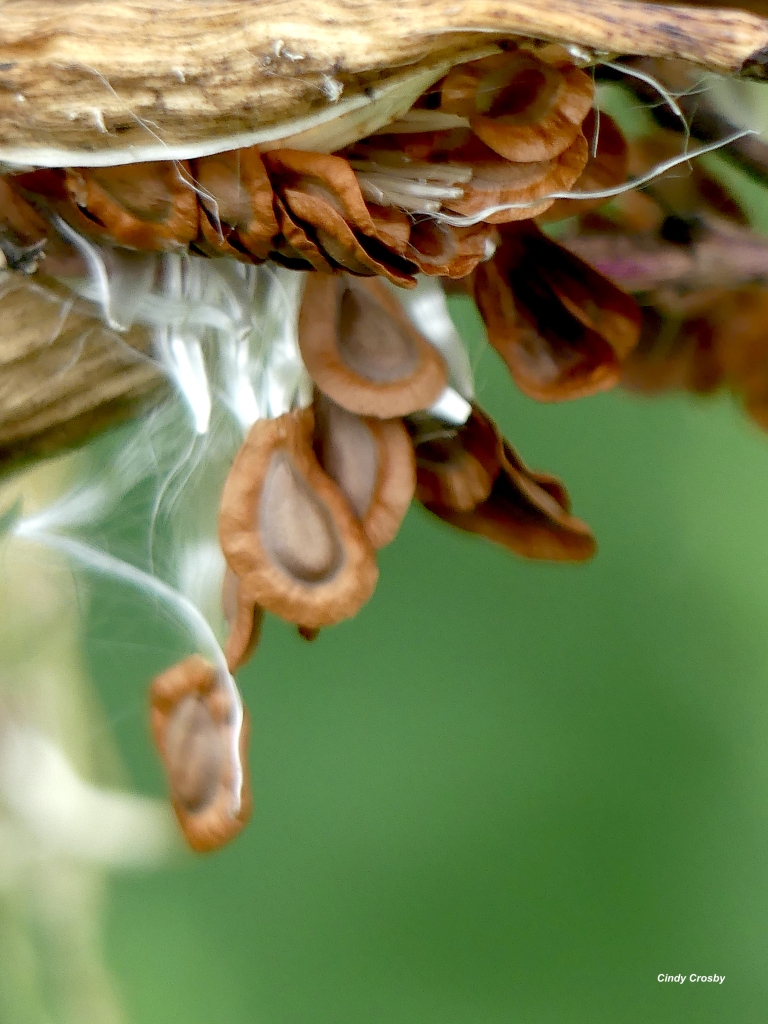
Hope for the future.
There’s plenty to look back on in this first week of September. And so much to look forward to as a new month is underway.
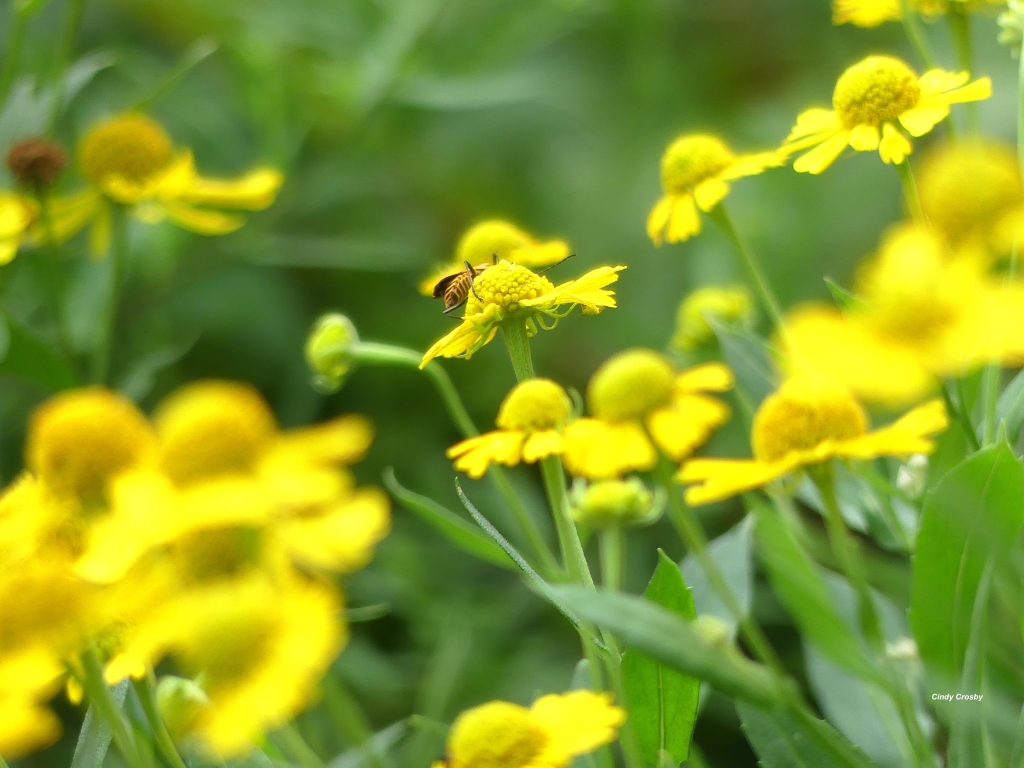
I can’t wait to see what’s around the corner.
*****
The opening quote was made by Bilbo Baggins in J.R.R. Tolkien’s The Fellowship of the Ring from Tolkien’s “Lord of the Rings” trilogy. The old hobbit sang these verses to Frodo as he reflected on his years on Earth and readied Frodo for his quest to destroy the “one ring that ruled them all.” The three books in the series plus The Hobbit are well worth revisiting.
*****
Join Cindy for a Program or Class this Autumn
Monday, September 19 –-A Brief History of Trees in America, Downers Grove Garden Club, Downers Grove, IL. In-person, free and open to the public, but please visit here for details and Covid protocol.
Saturday, September 24 —In-Person Writing and Art Retreat at The Morton Arboretum, Lisle, IL Spend a day immersed in nature with guided writing and art workshops. Set aside time to disconnect from the day-to-day and focus on the natural world through writing and art. Sessions will explore nature journaling, sketching, developing observation skills, and tapping into your creativity. Throughout the day, you will learn from professional writers and artists, take in the sites of the Arboretum, and explore nature with fellow creatives. Appropriate for all levels. Cindy will be teaching the morning sessions. Click here for more information, Covid protocol, and to register.

